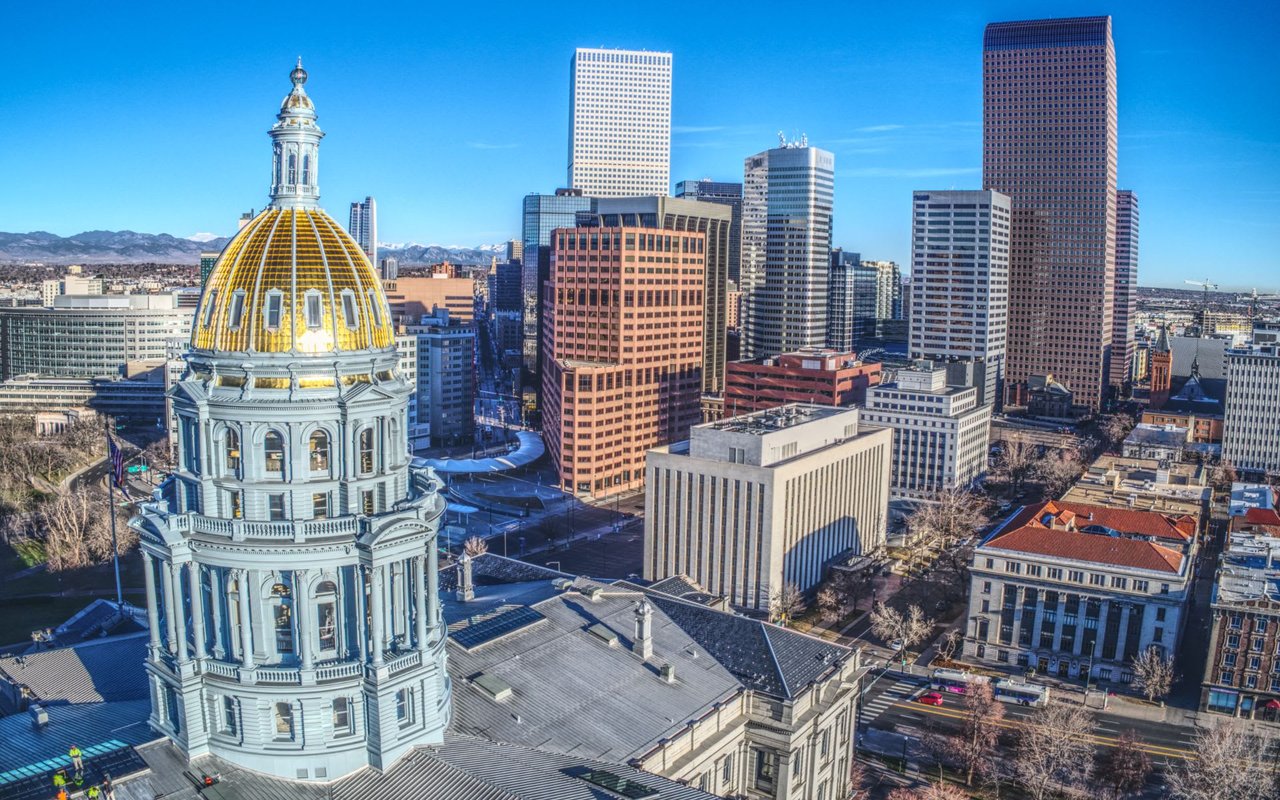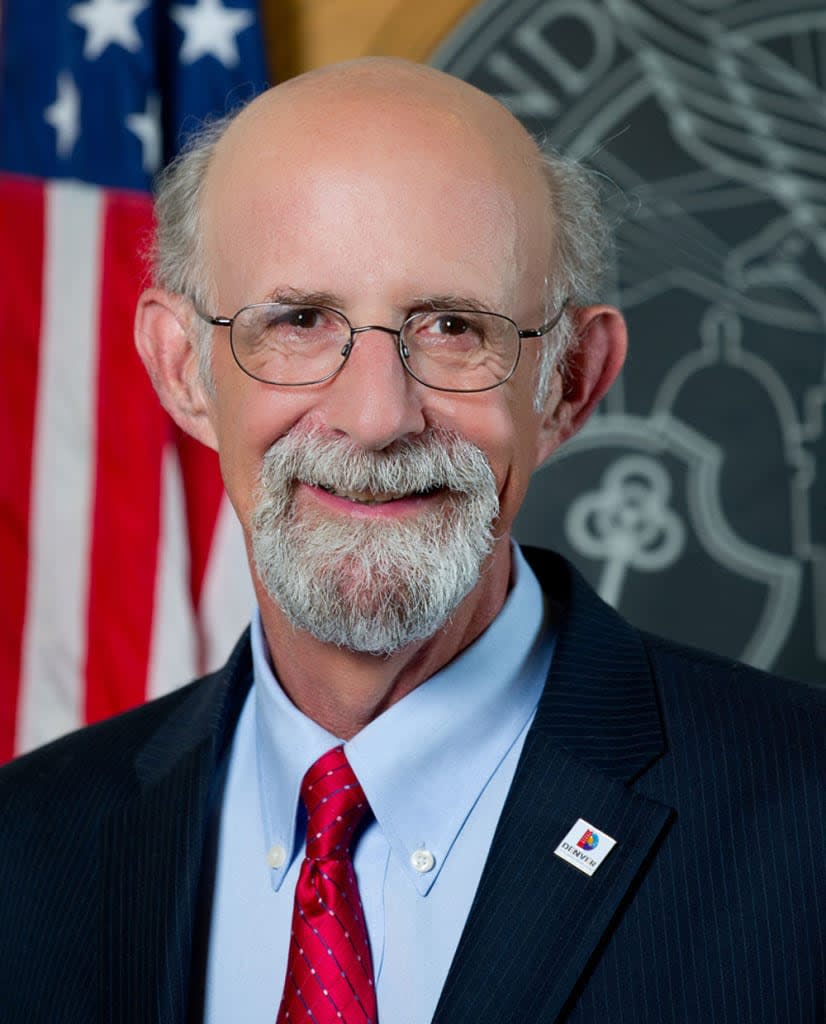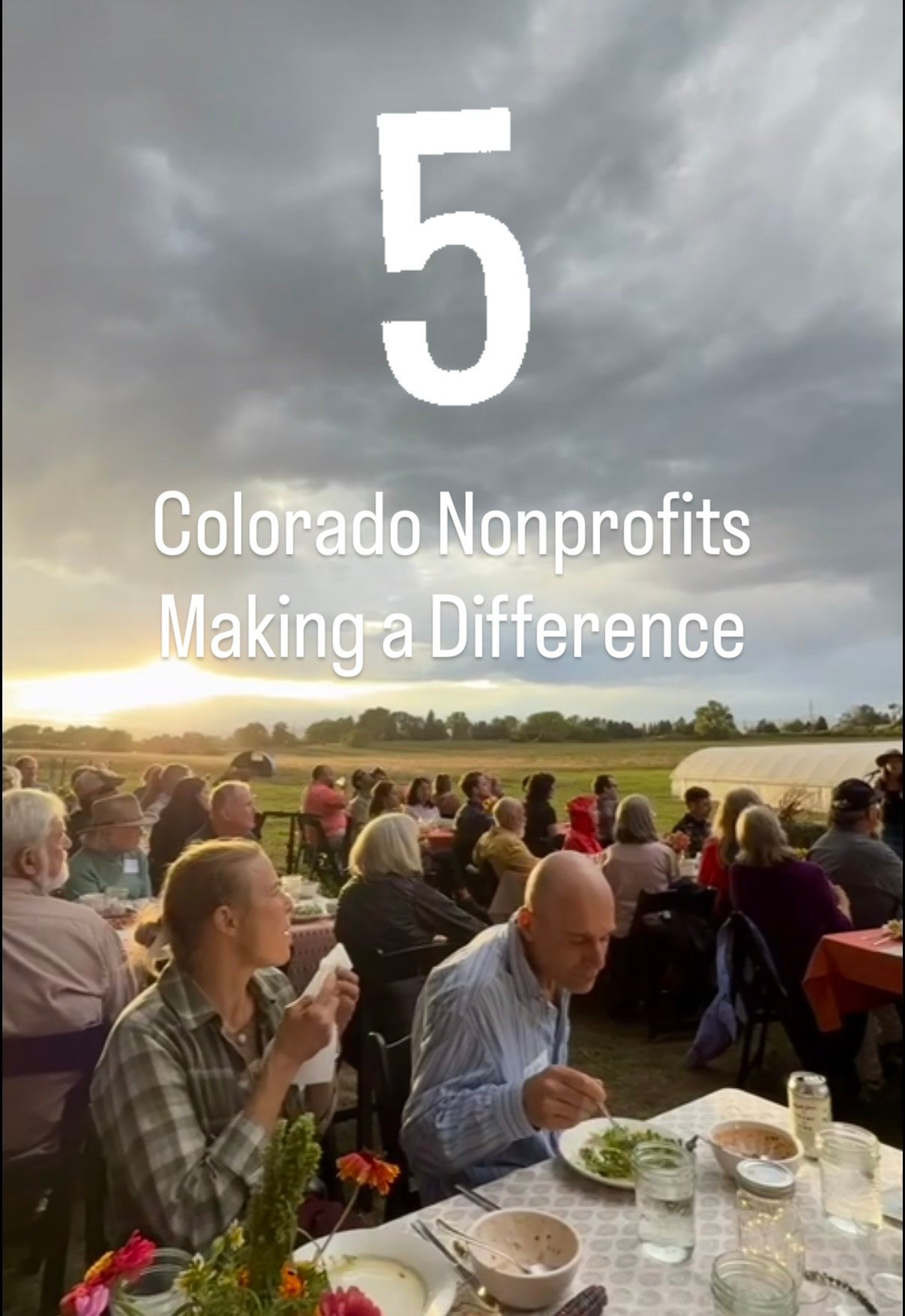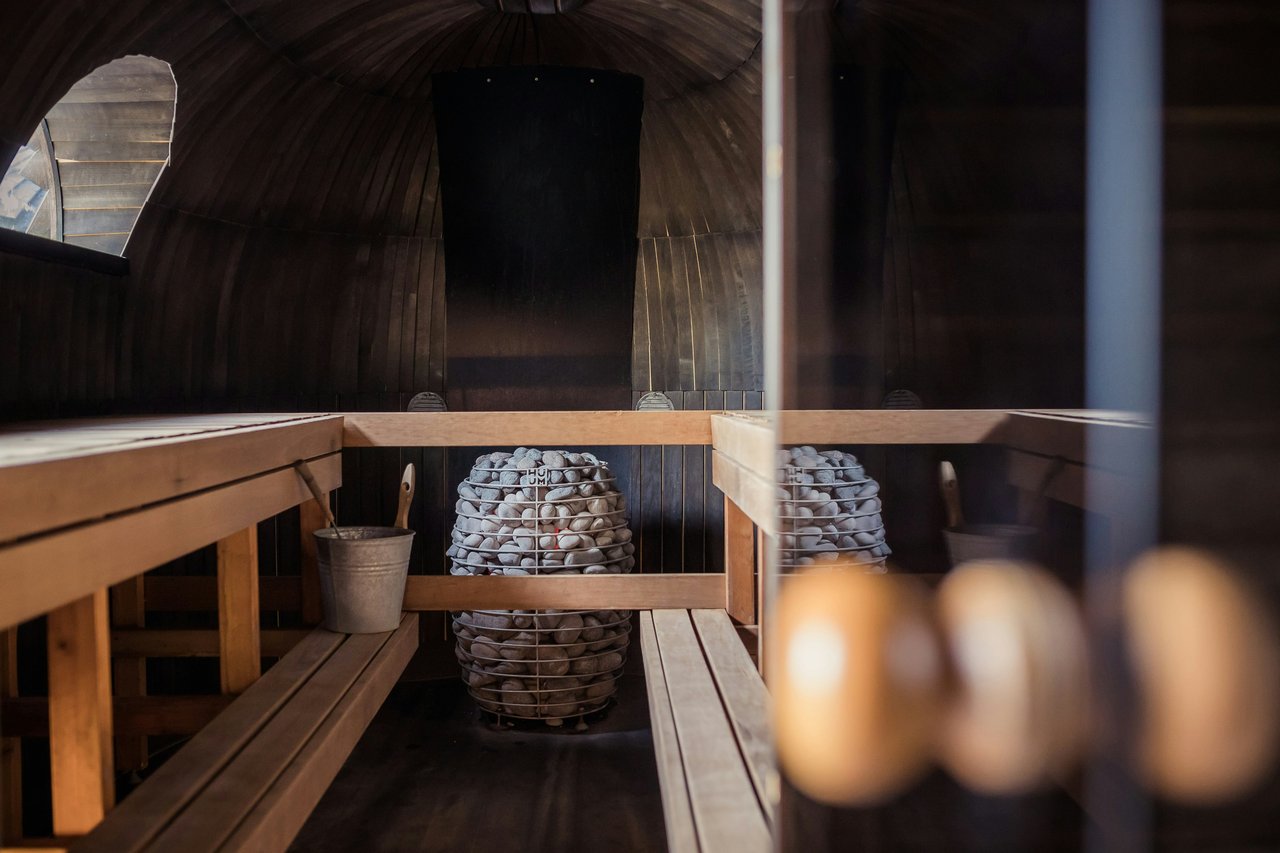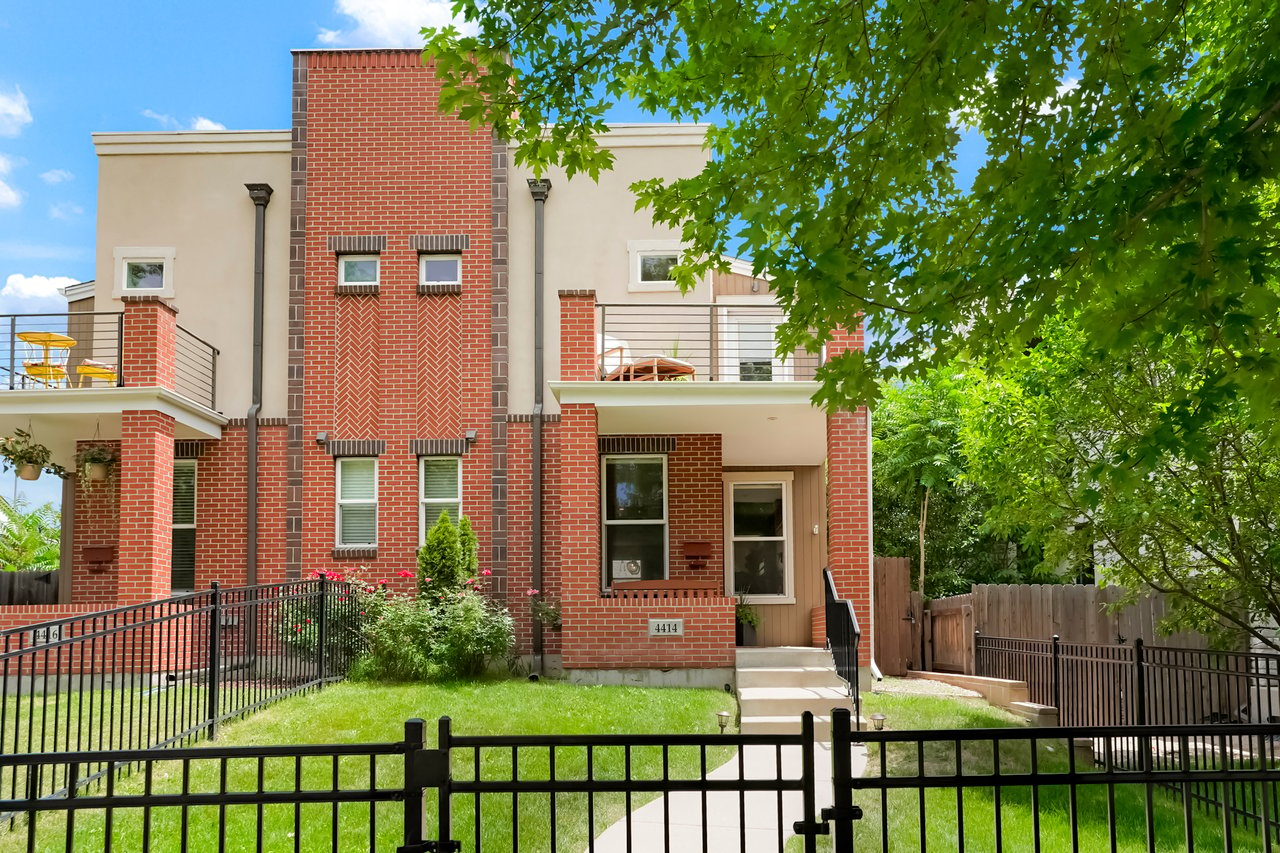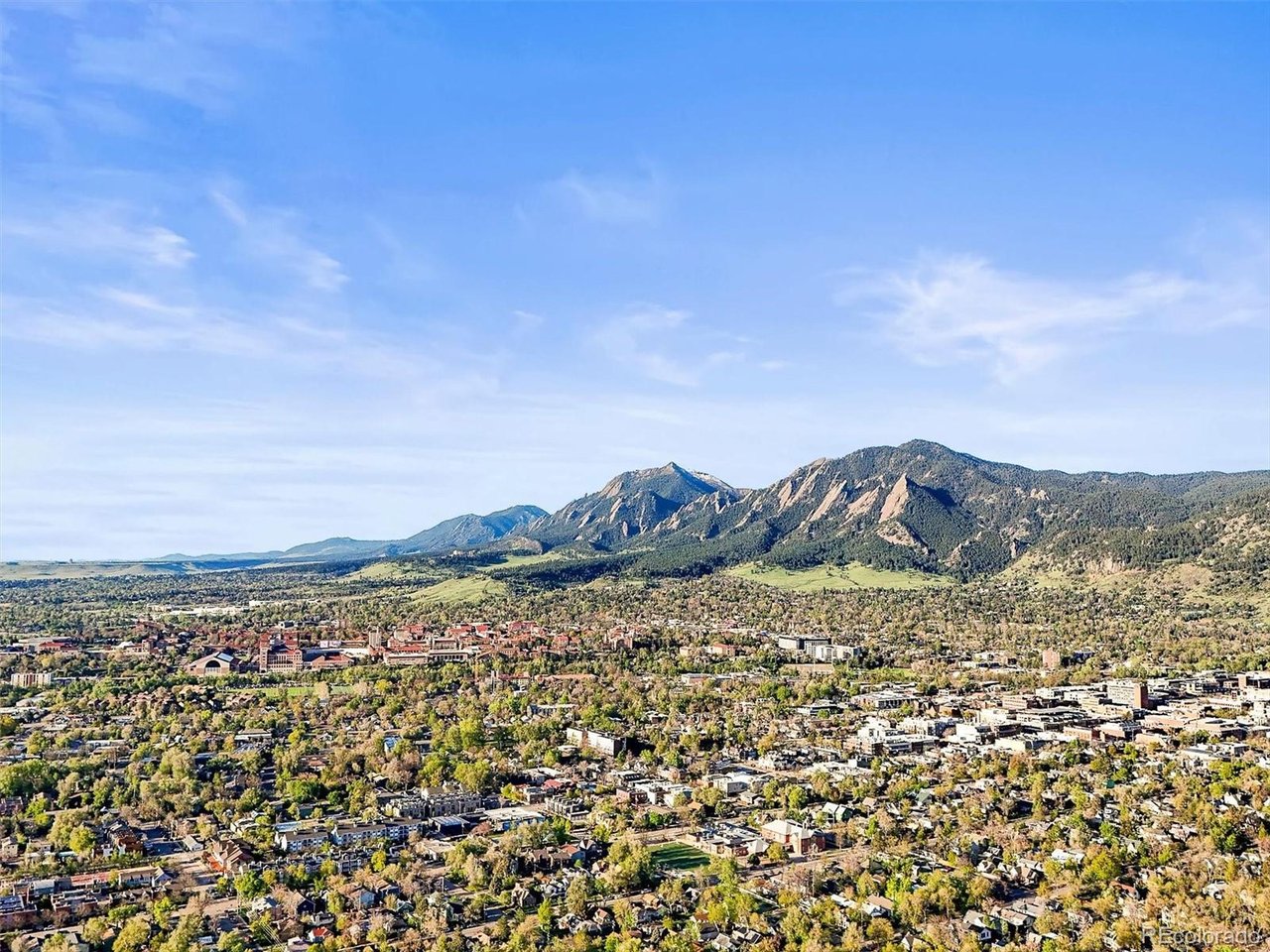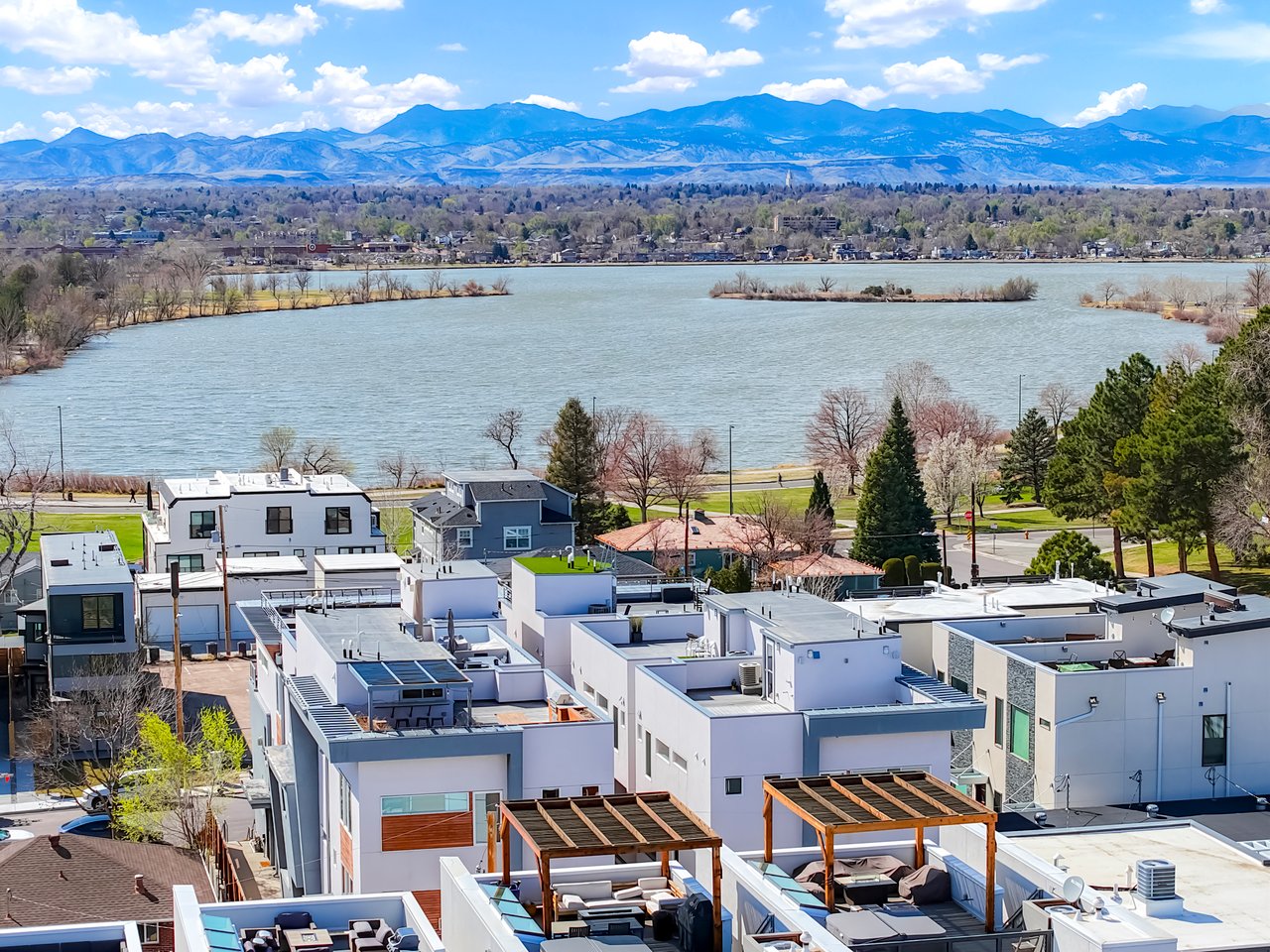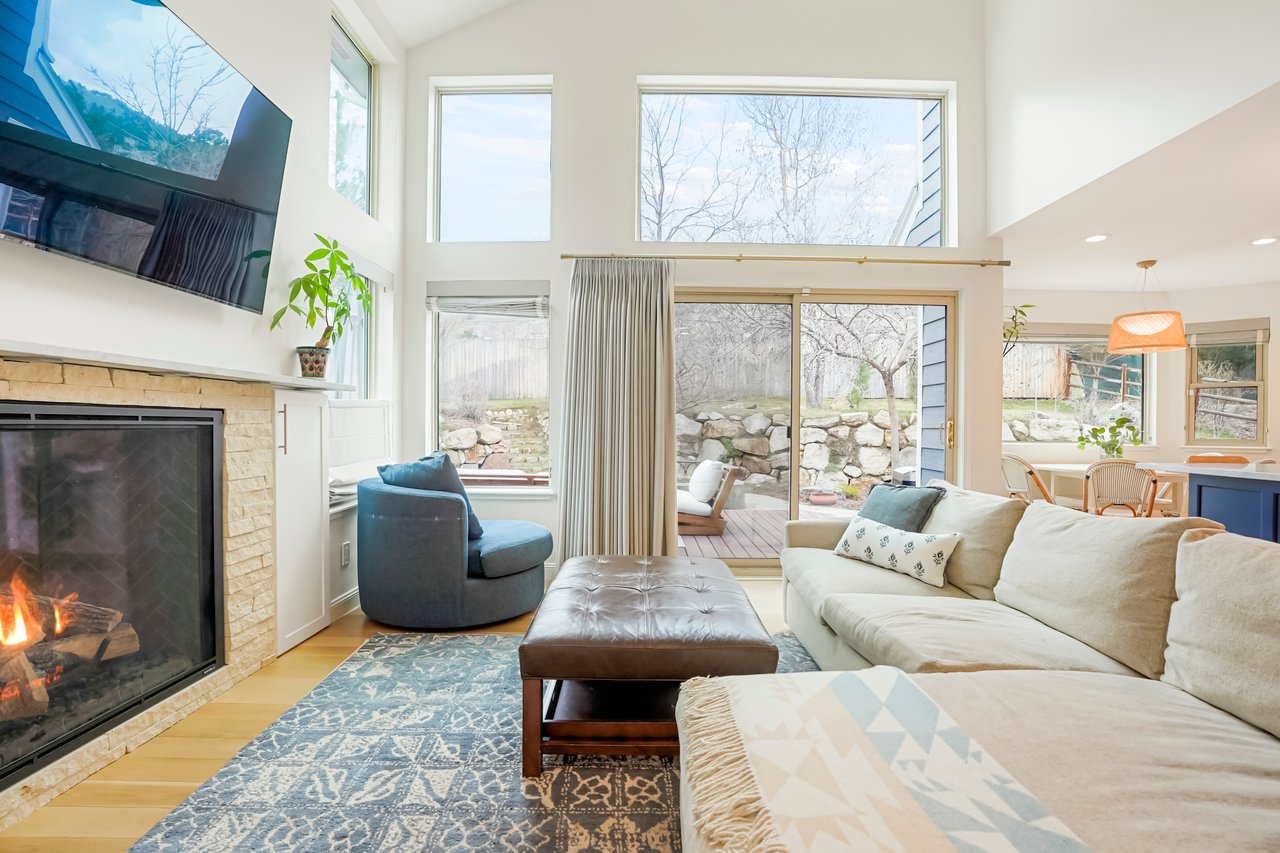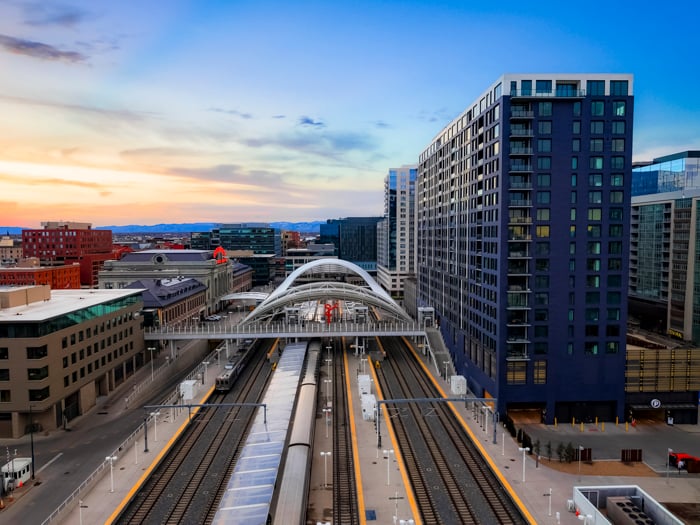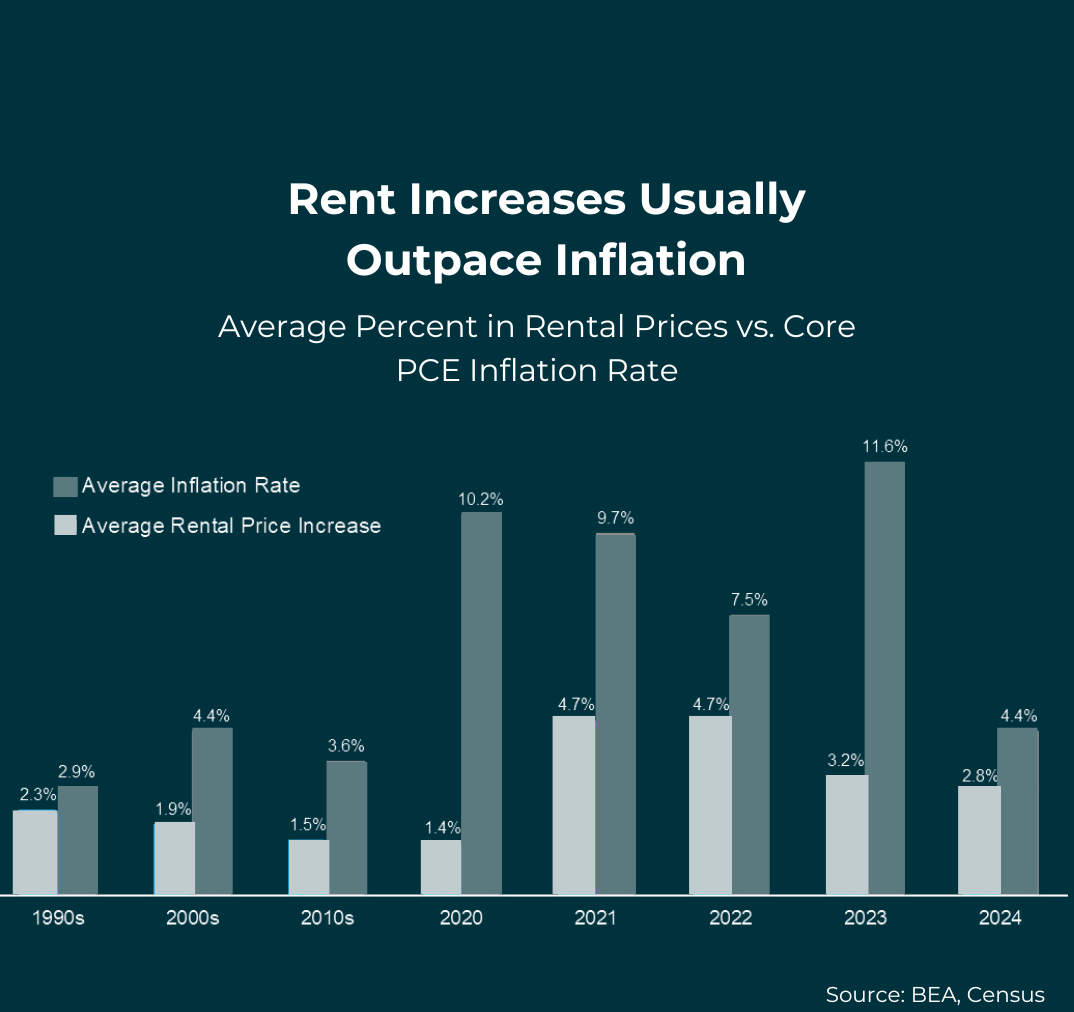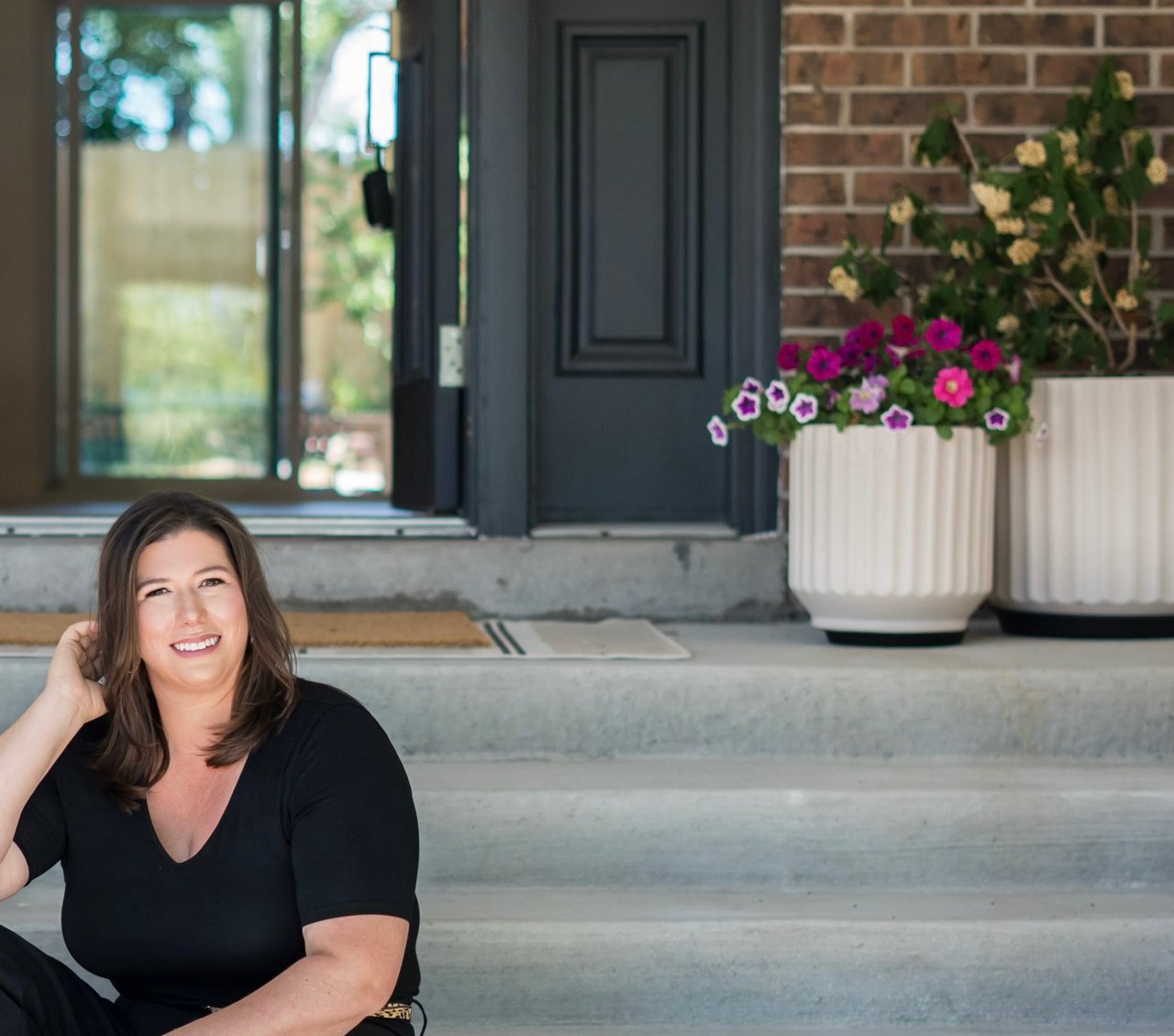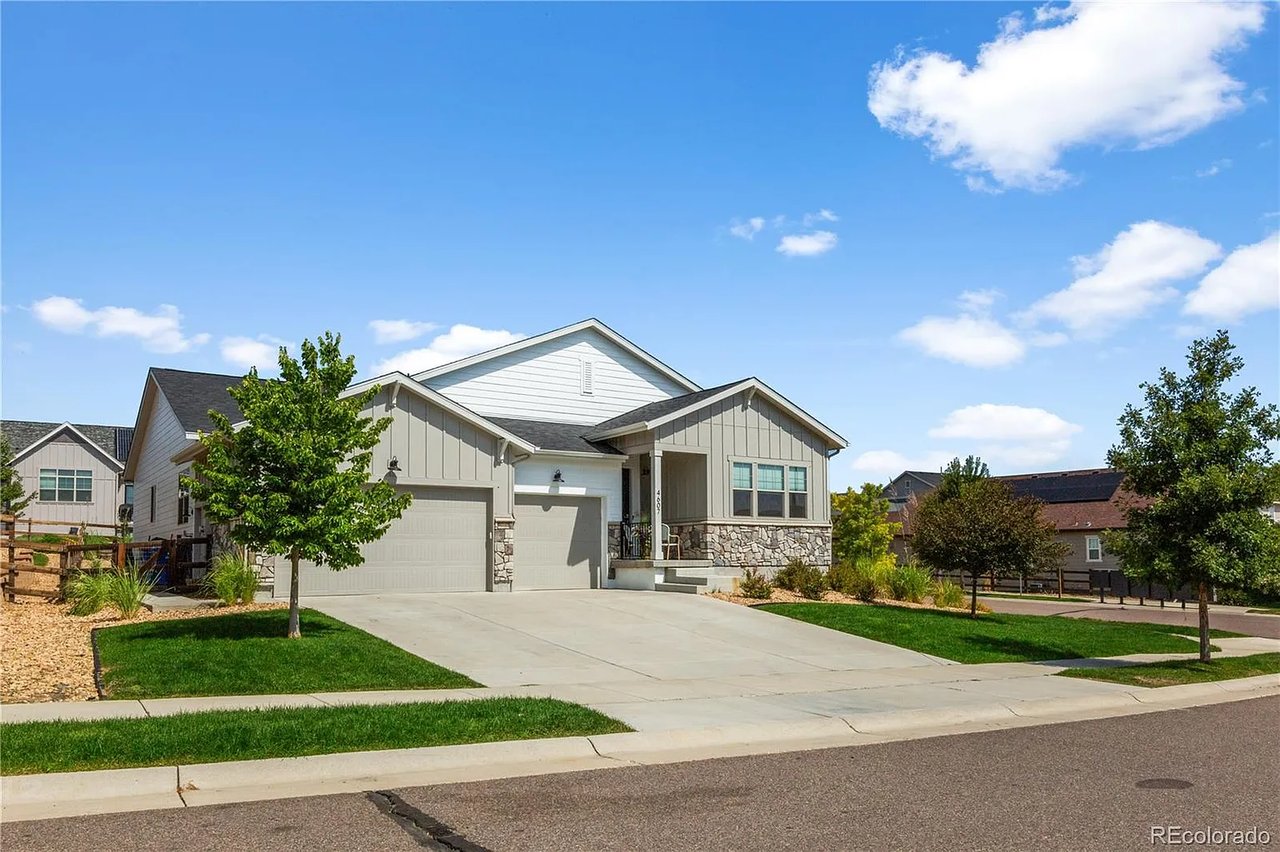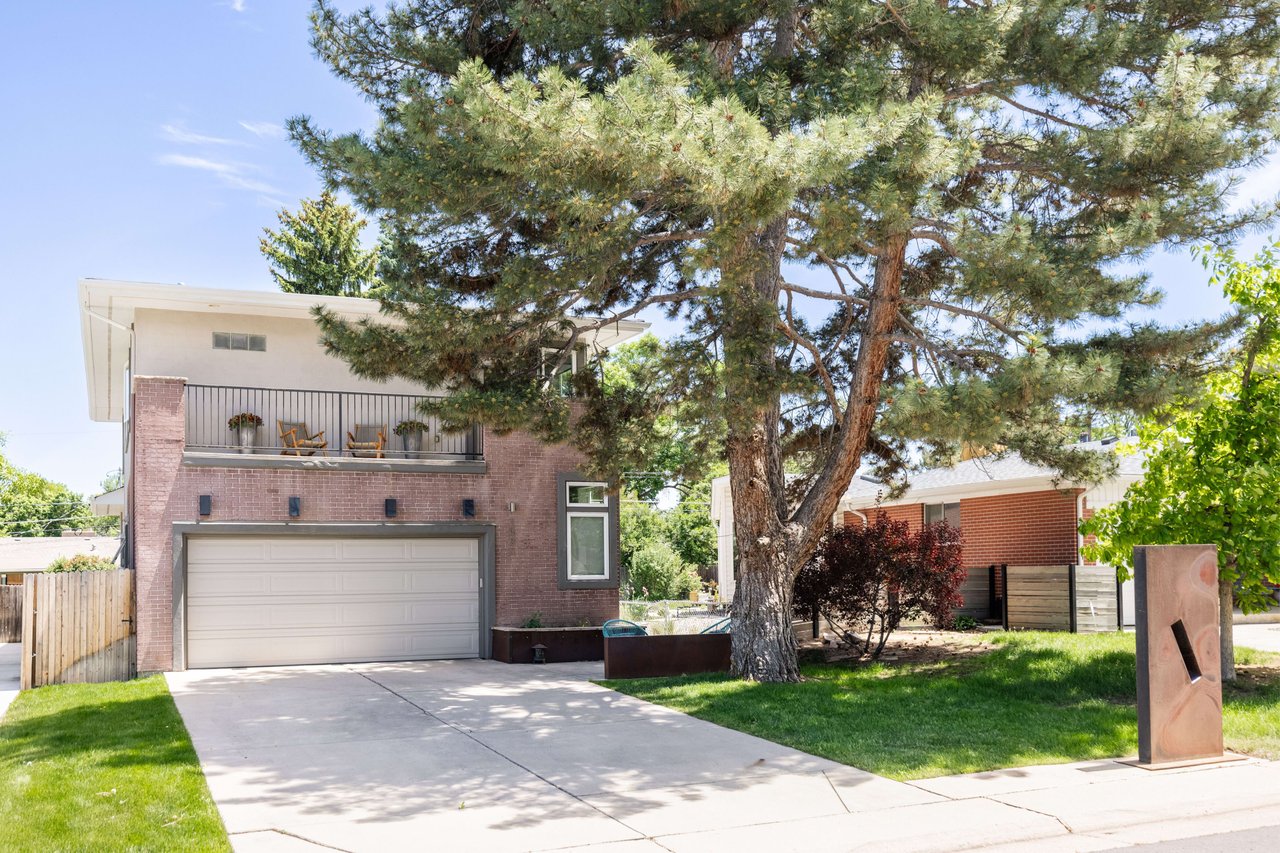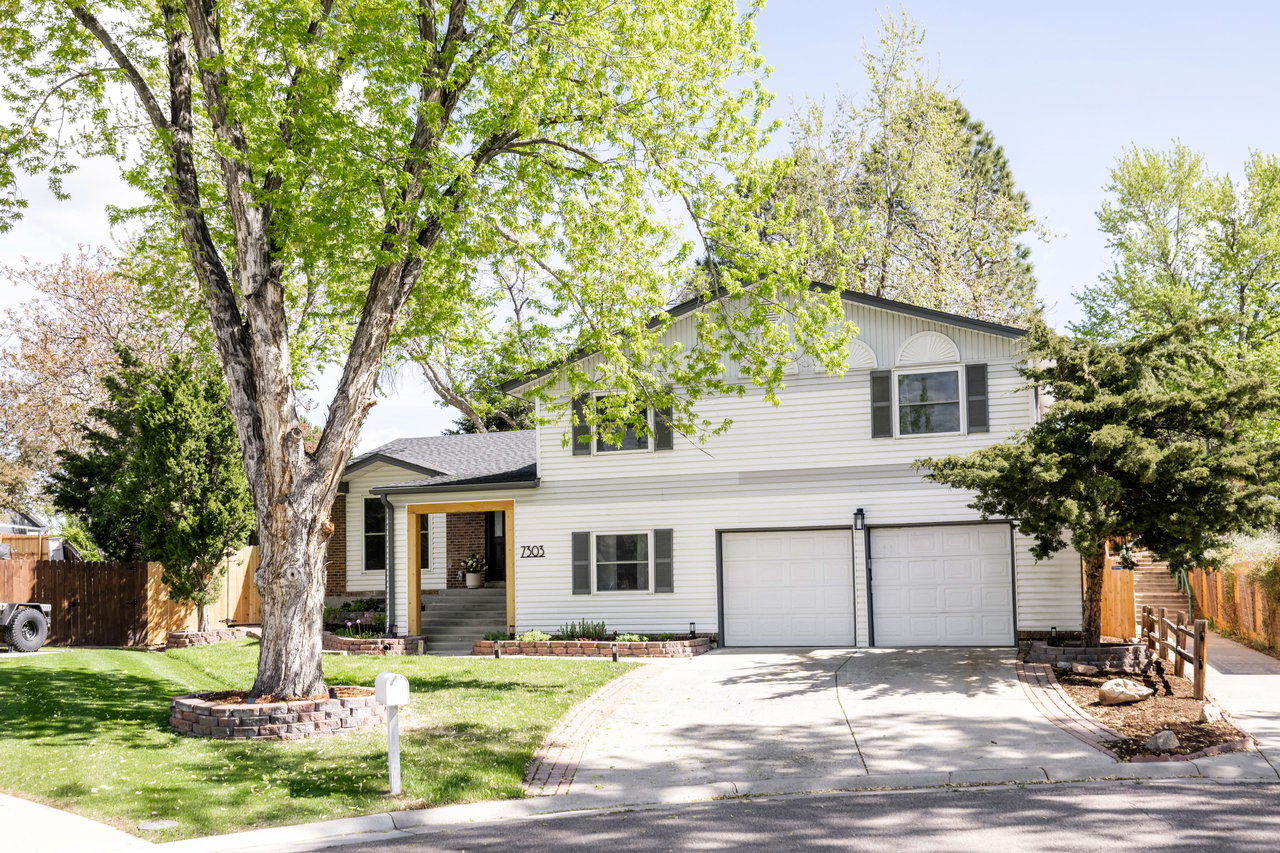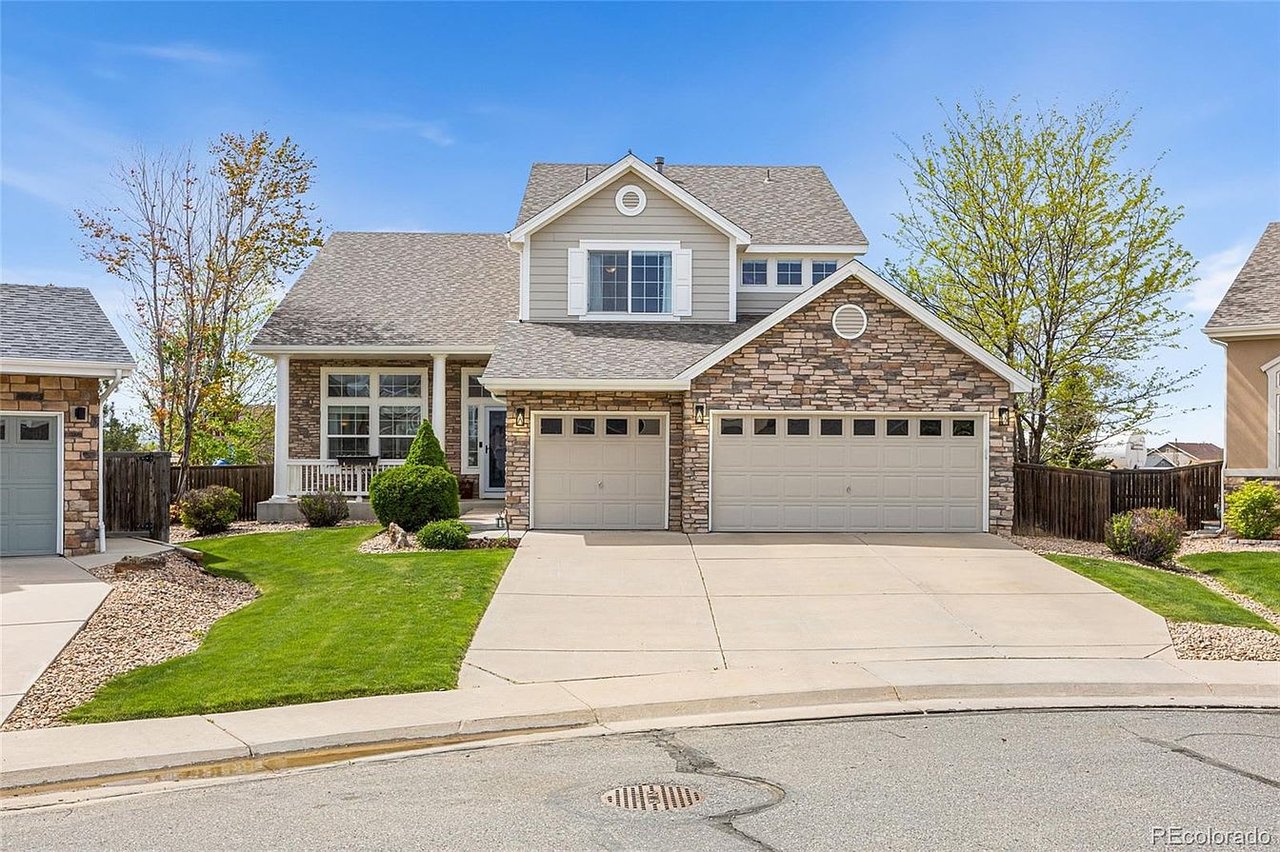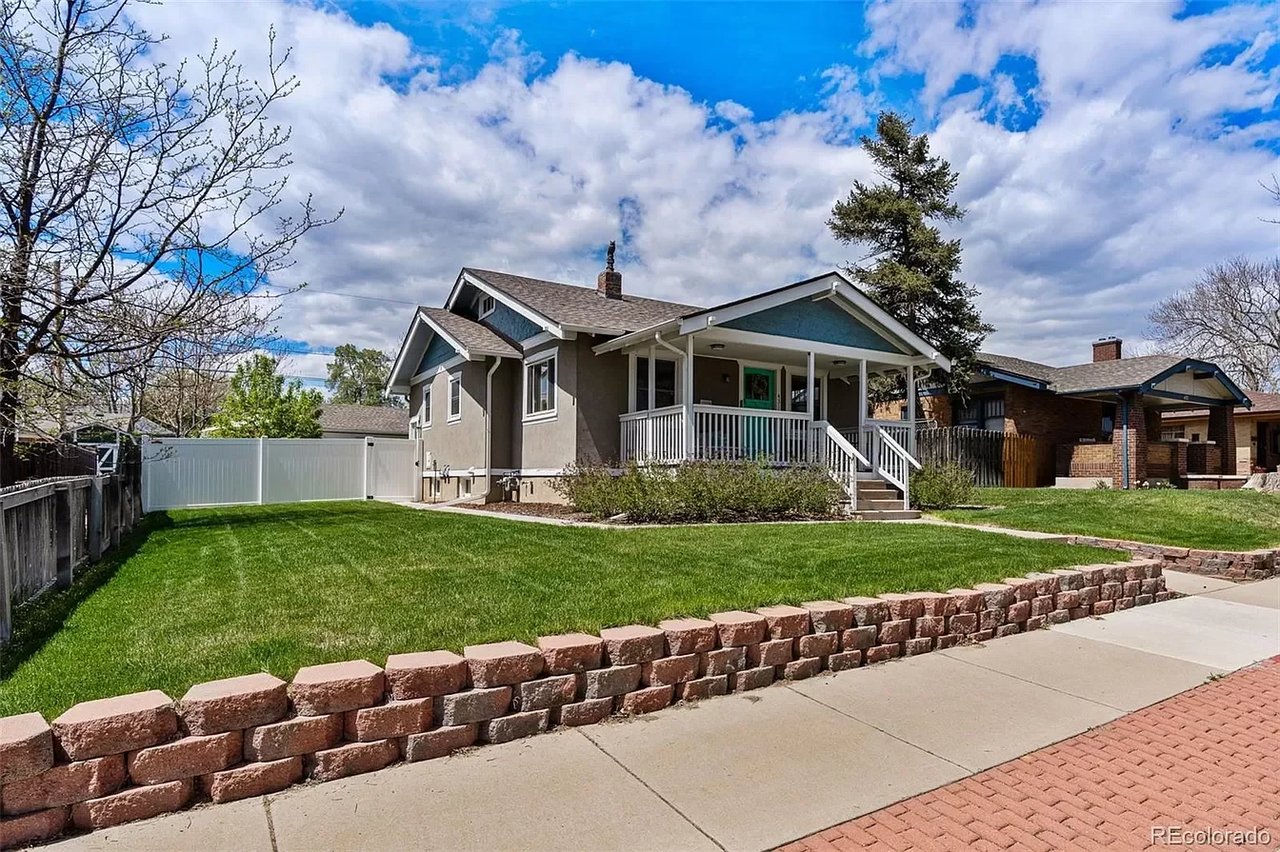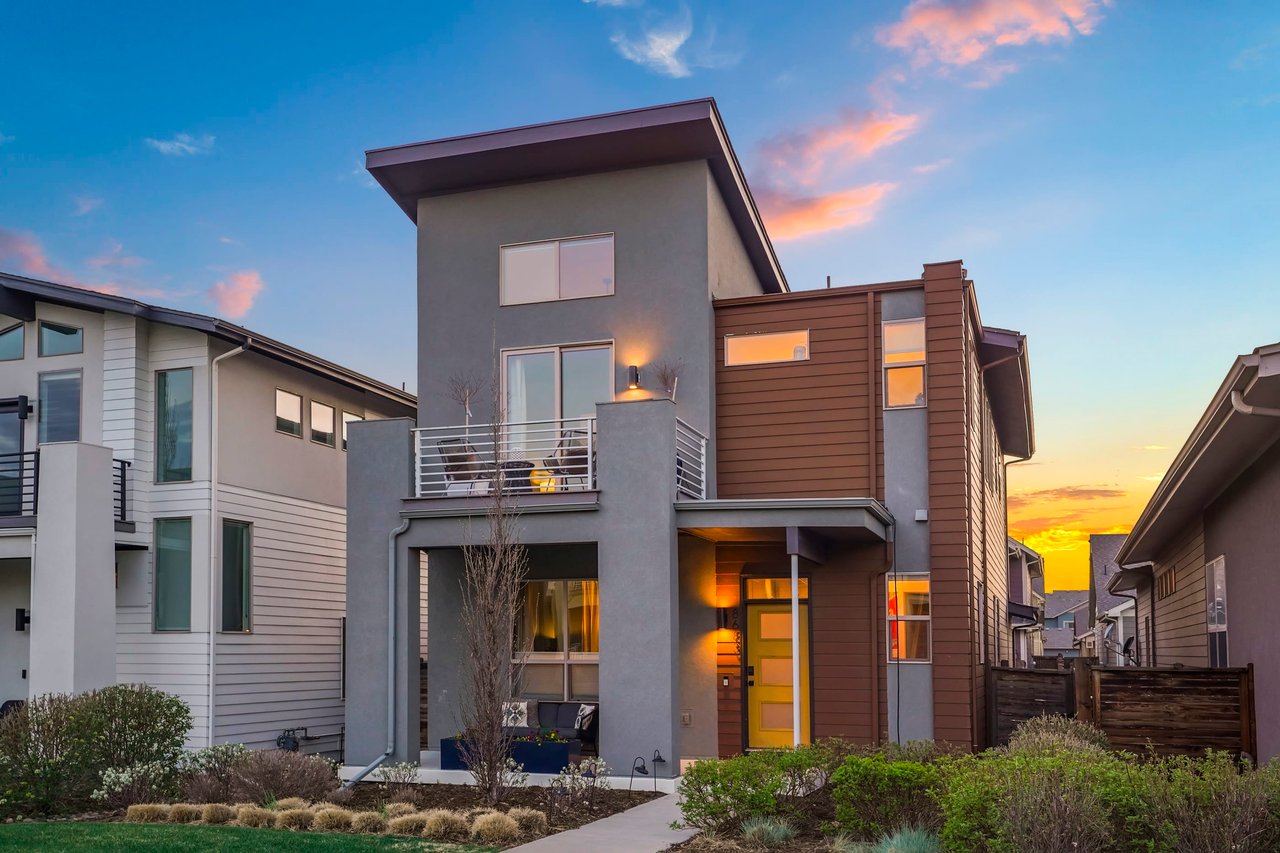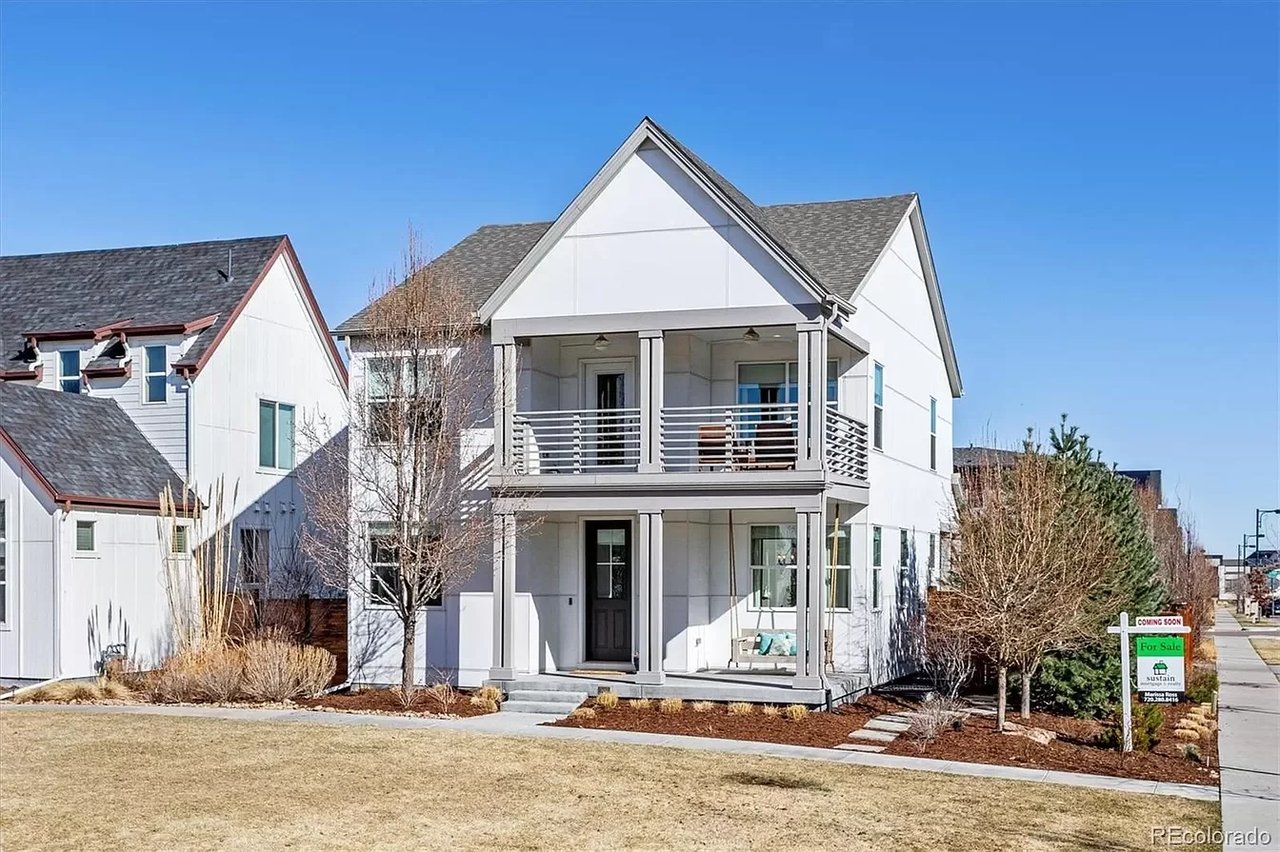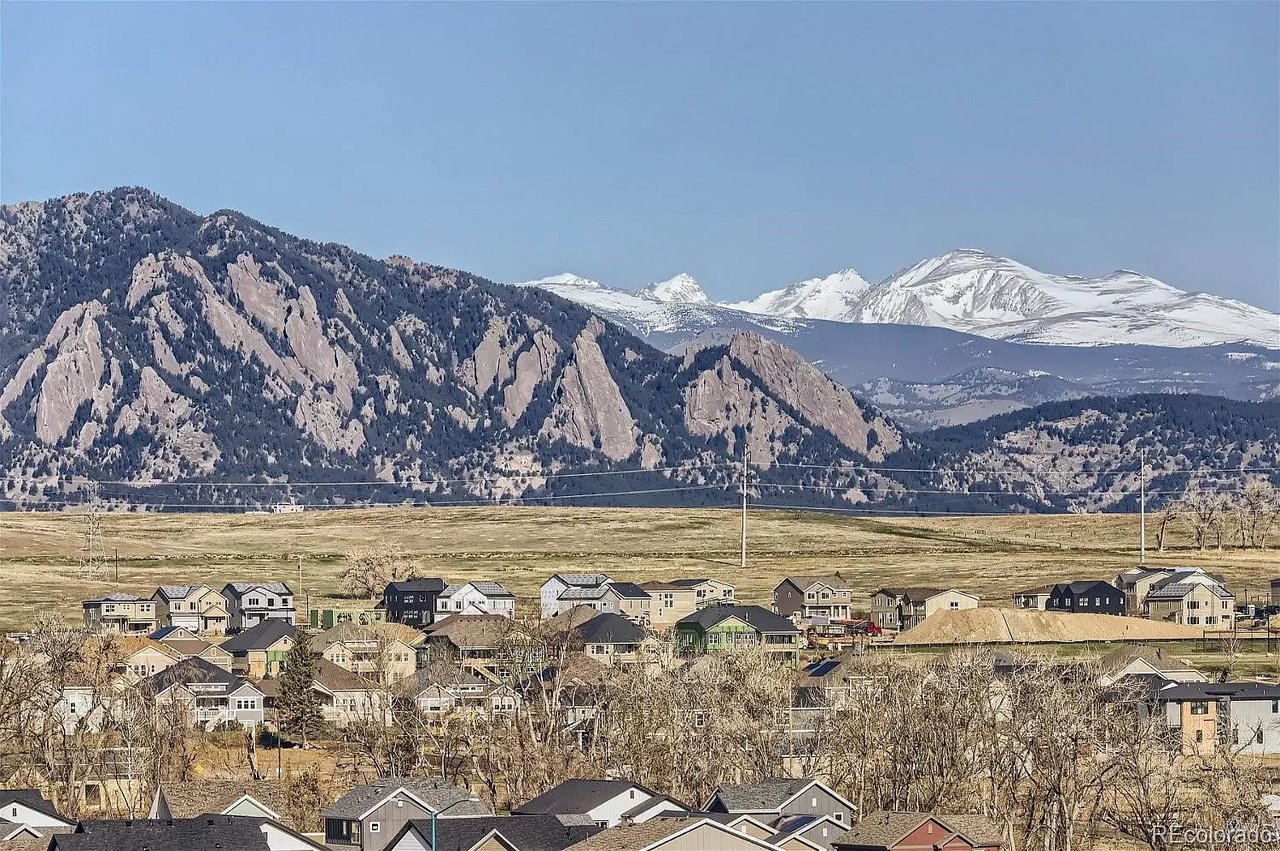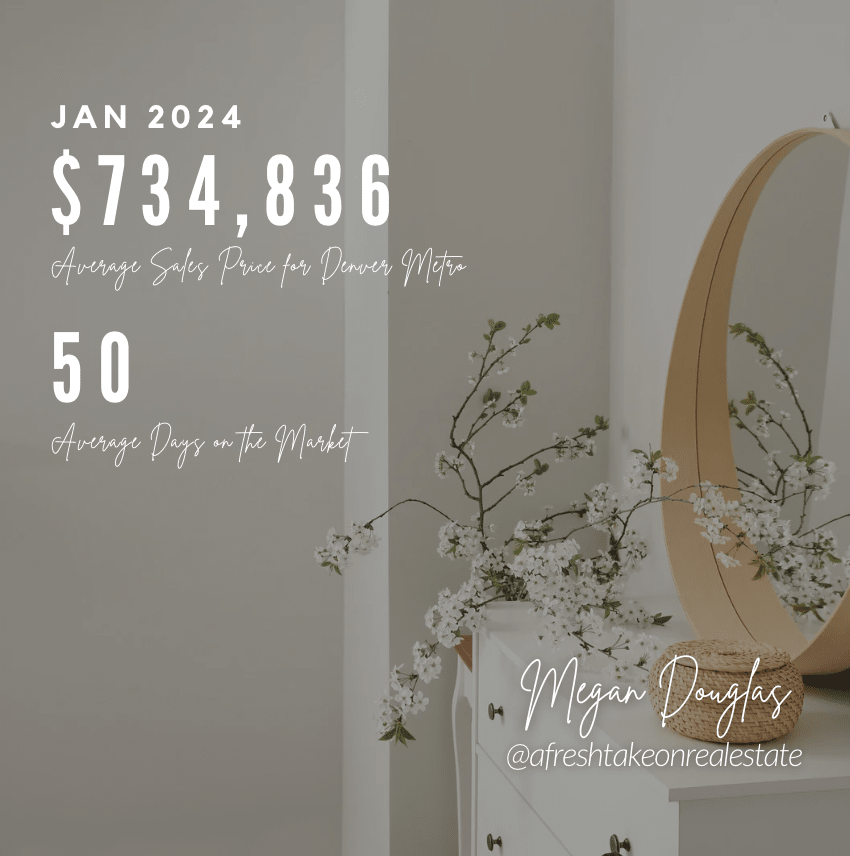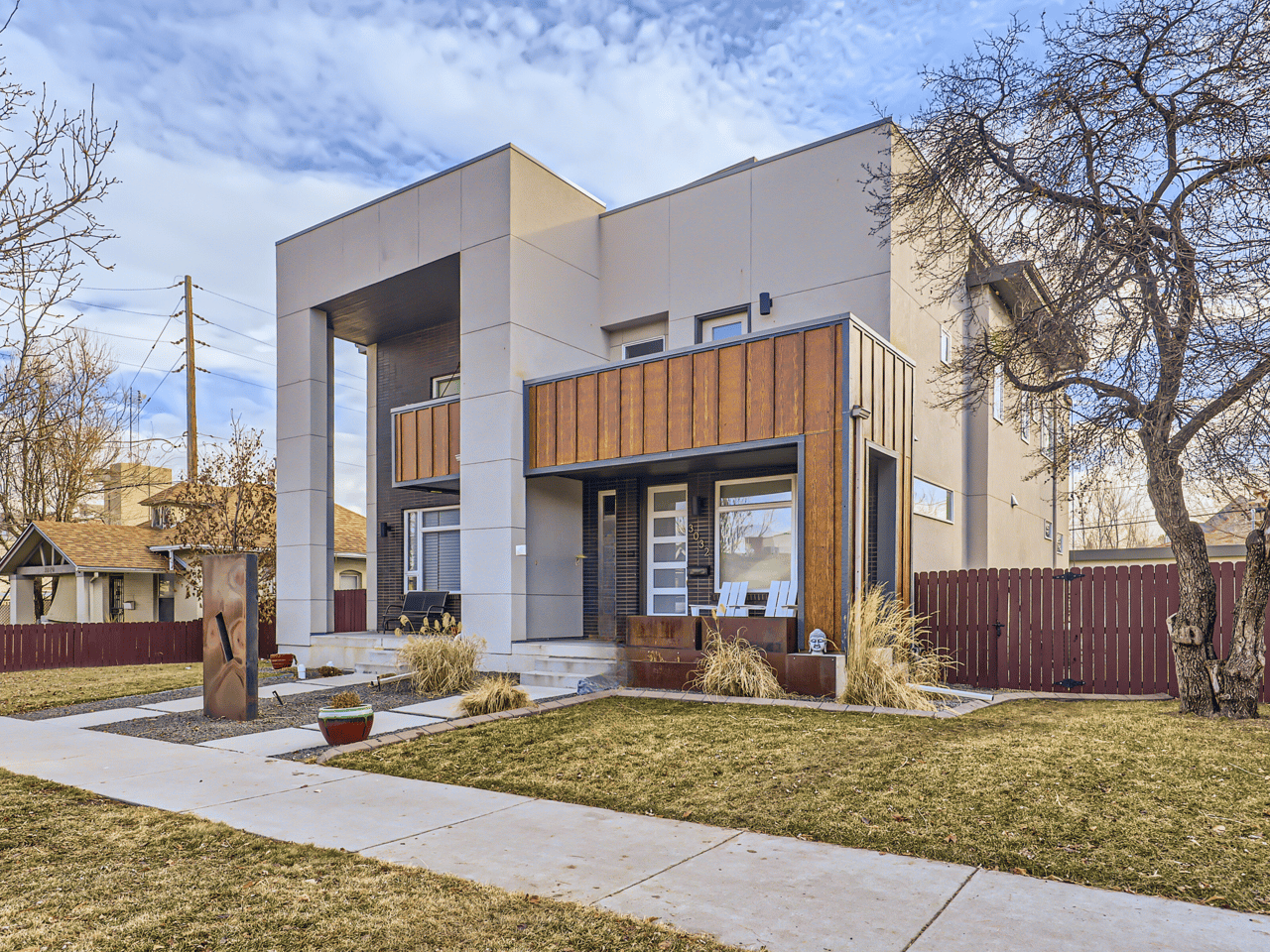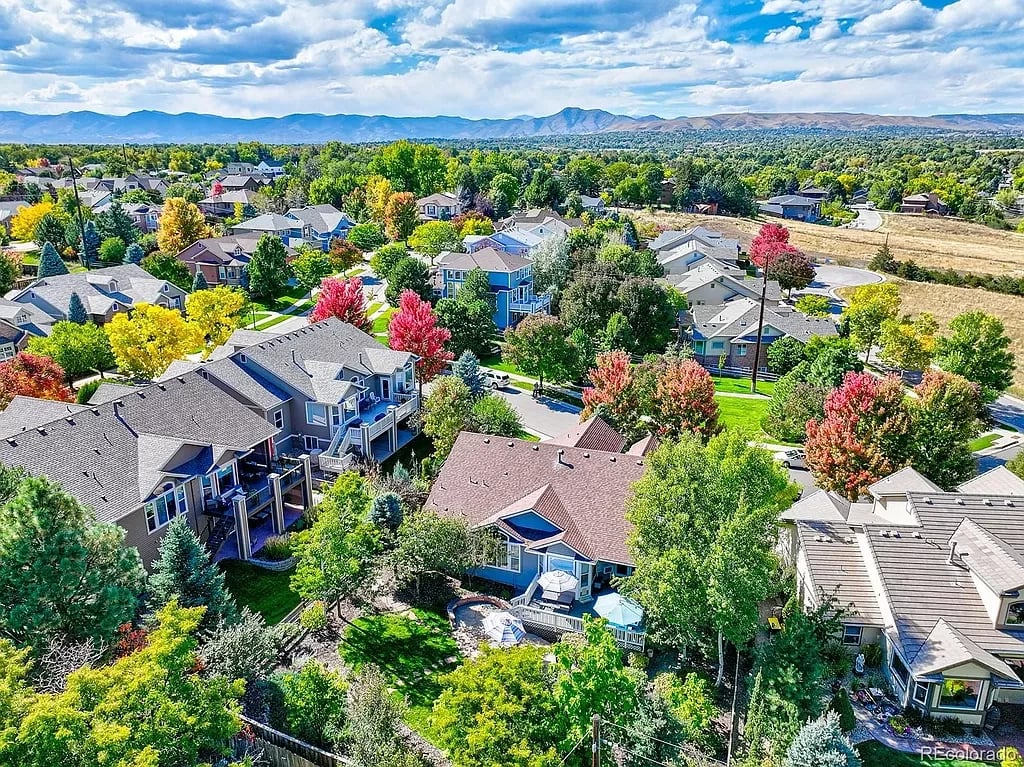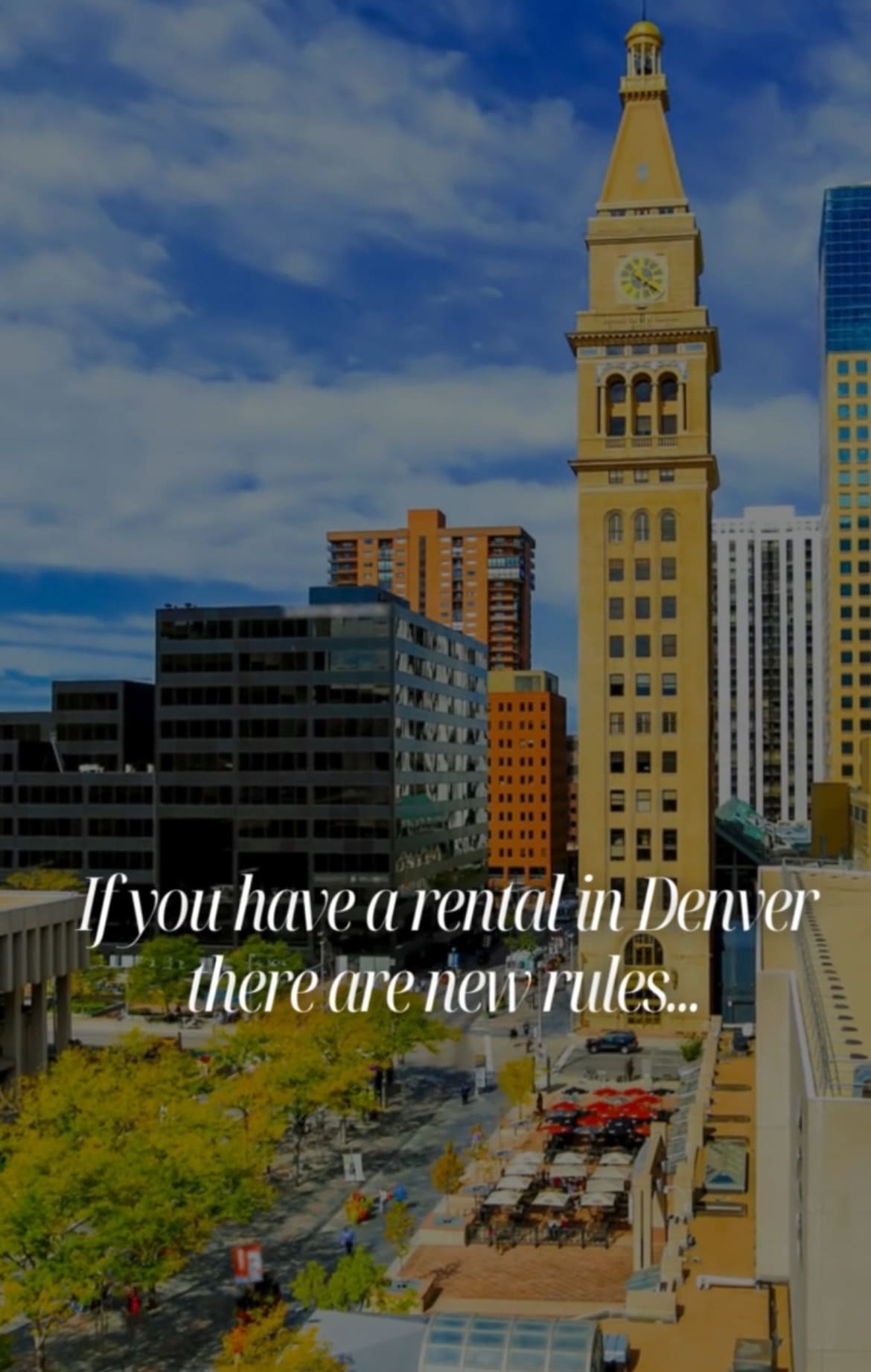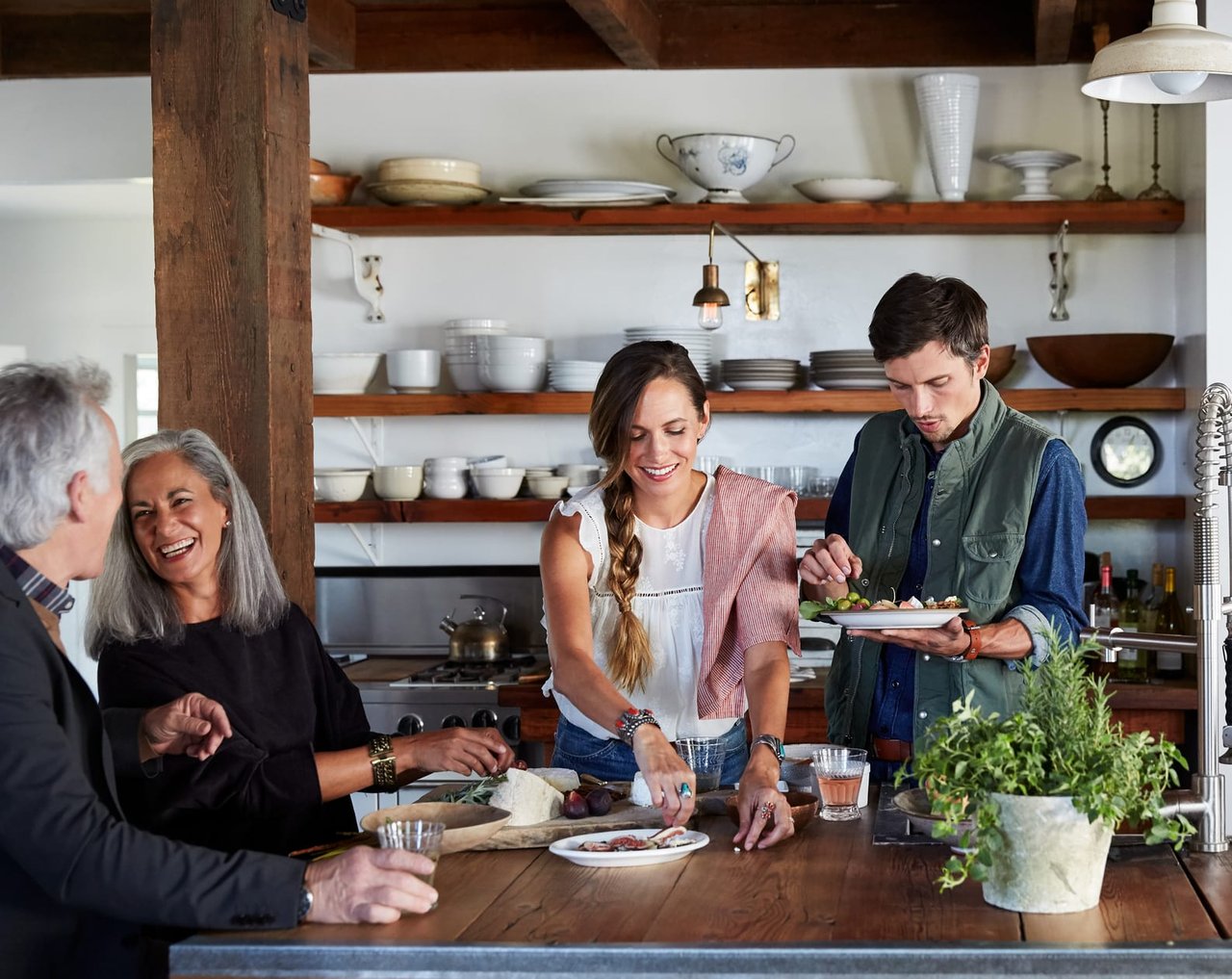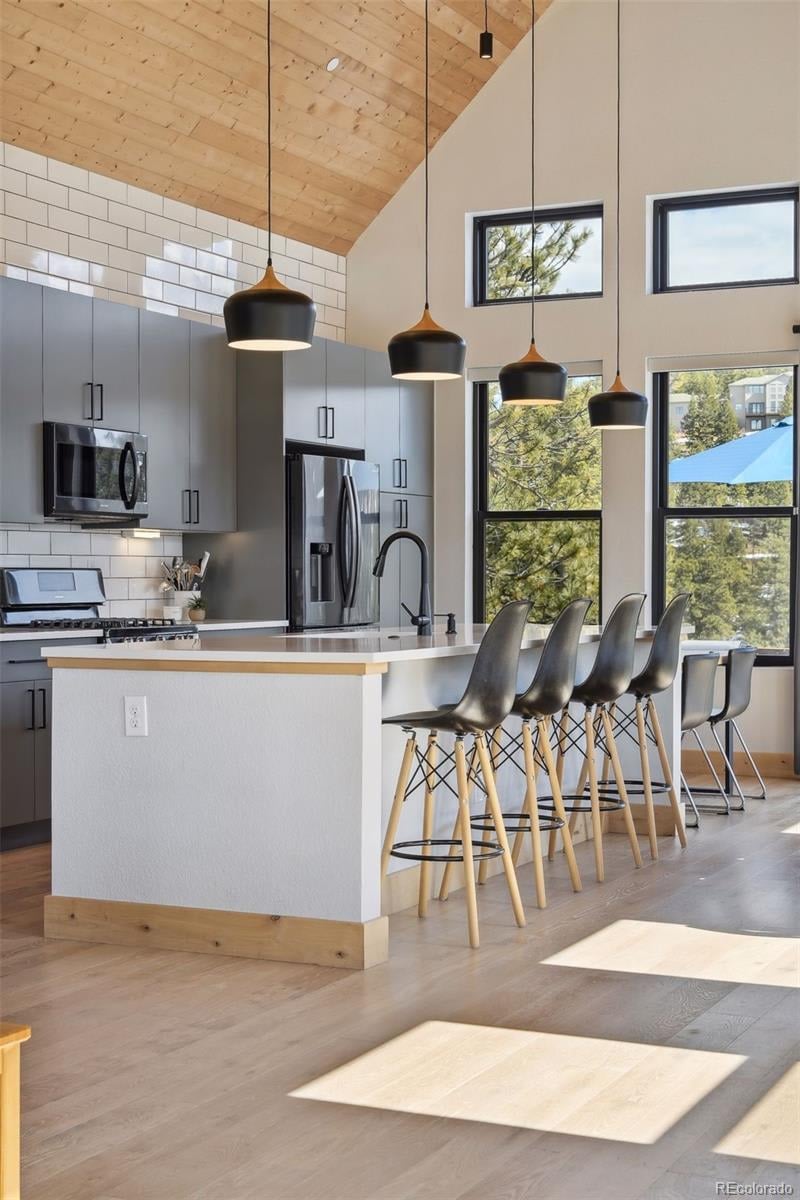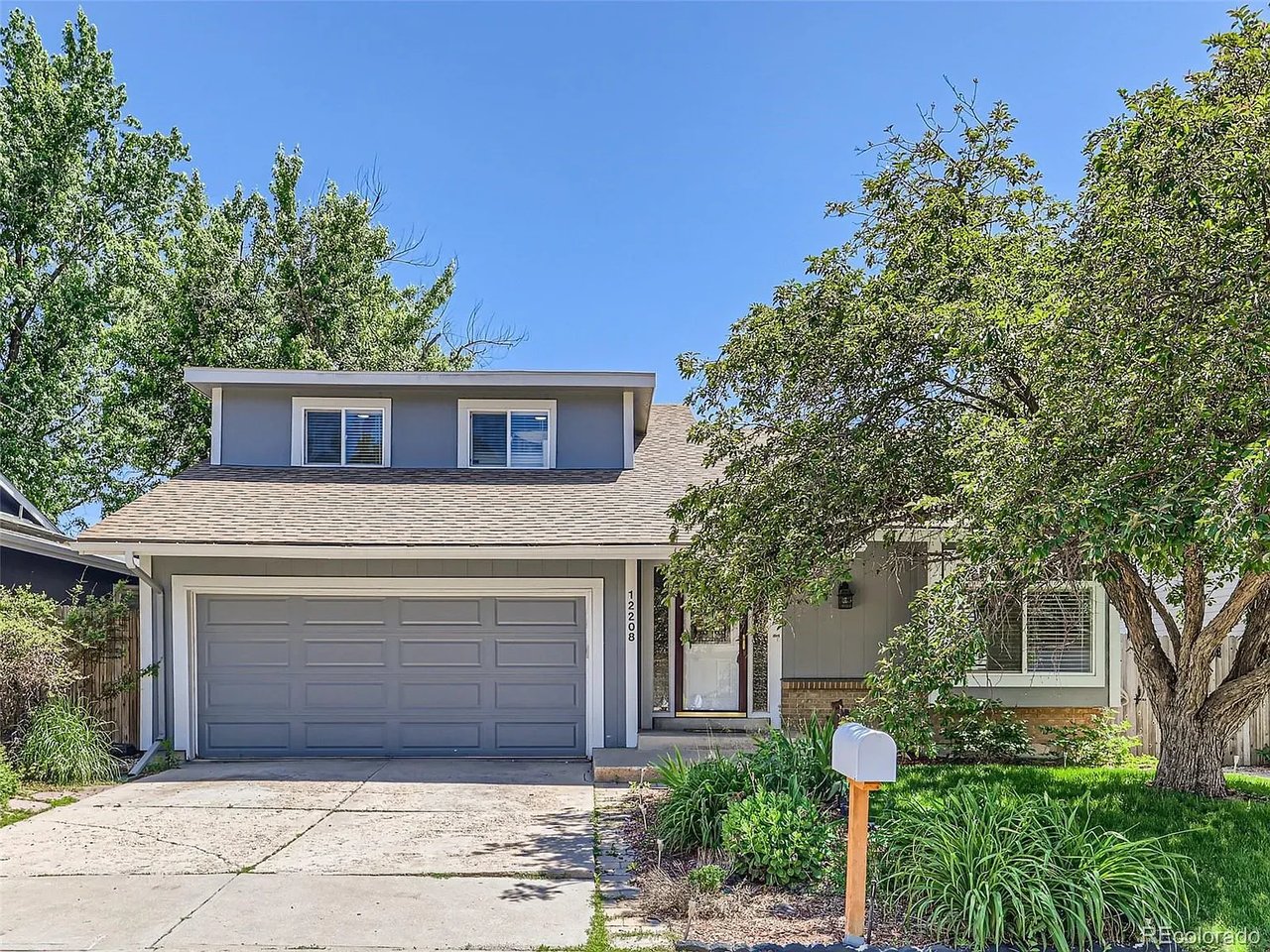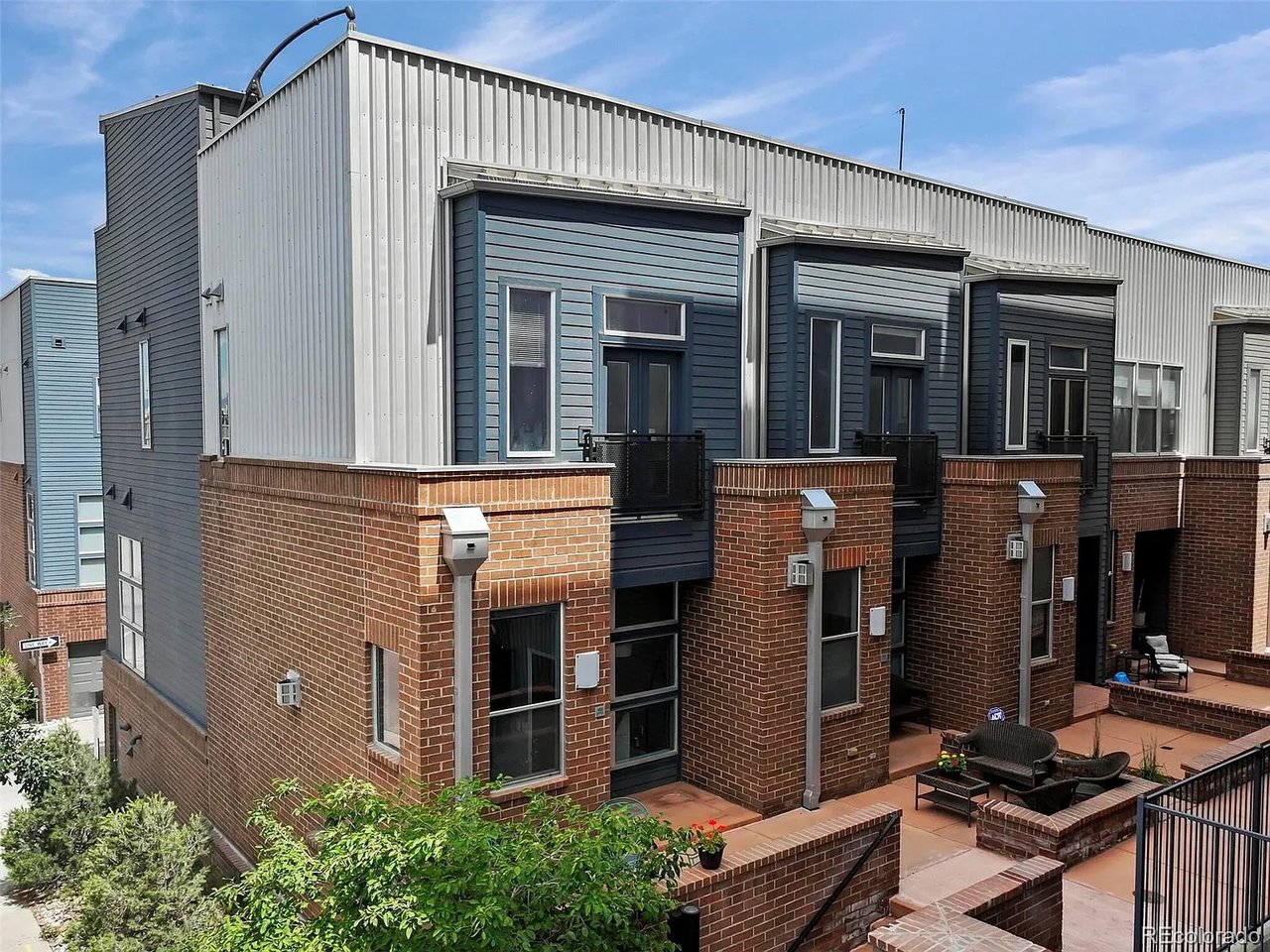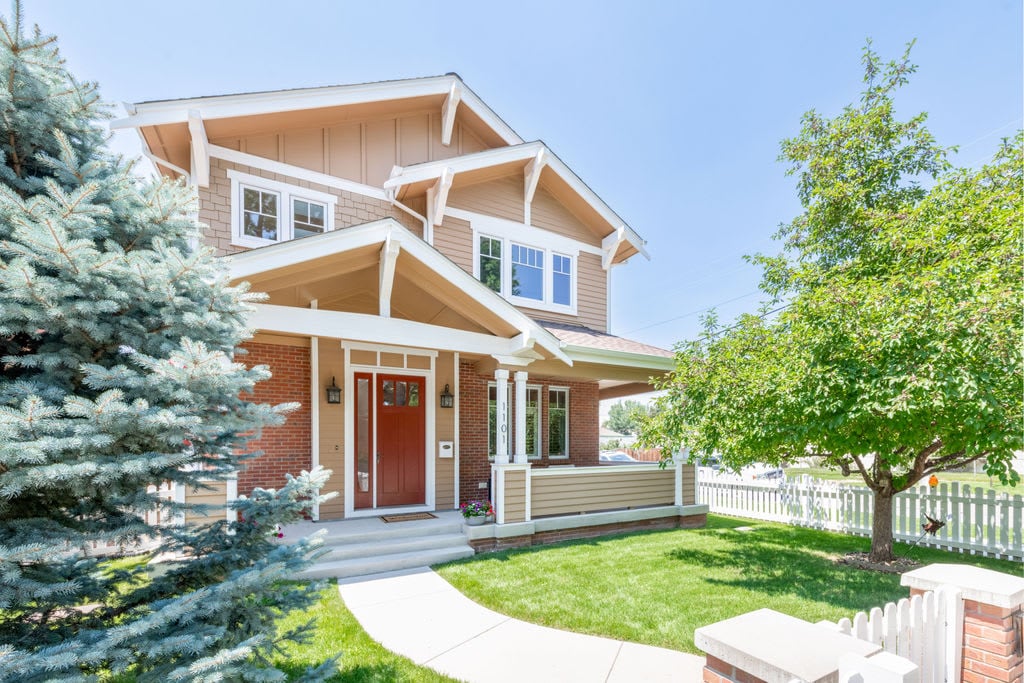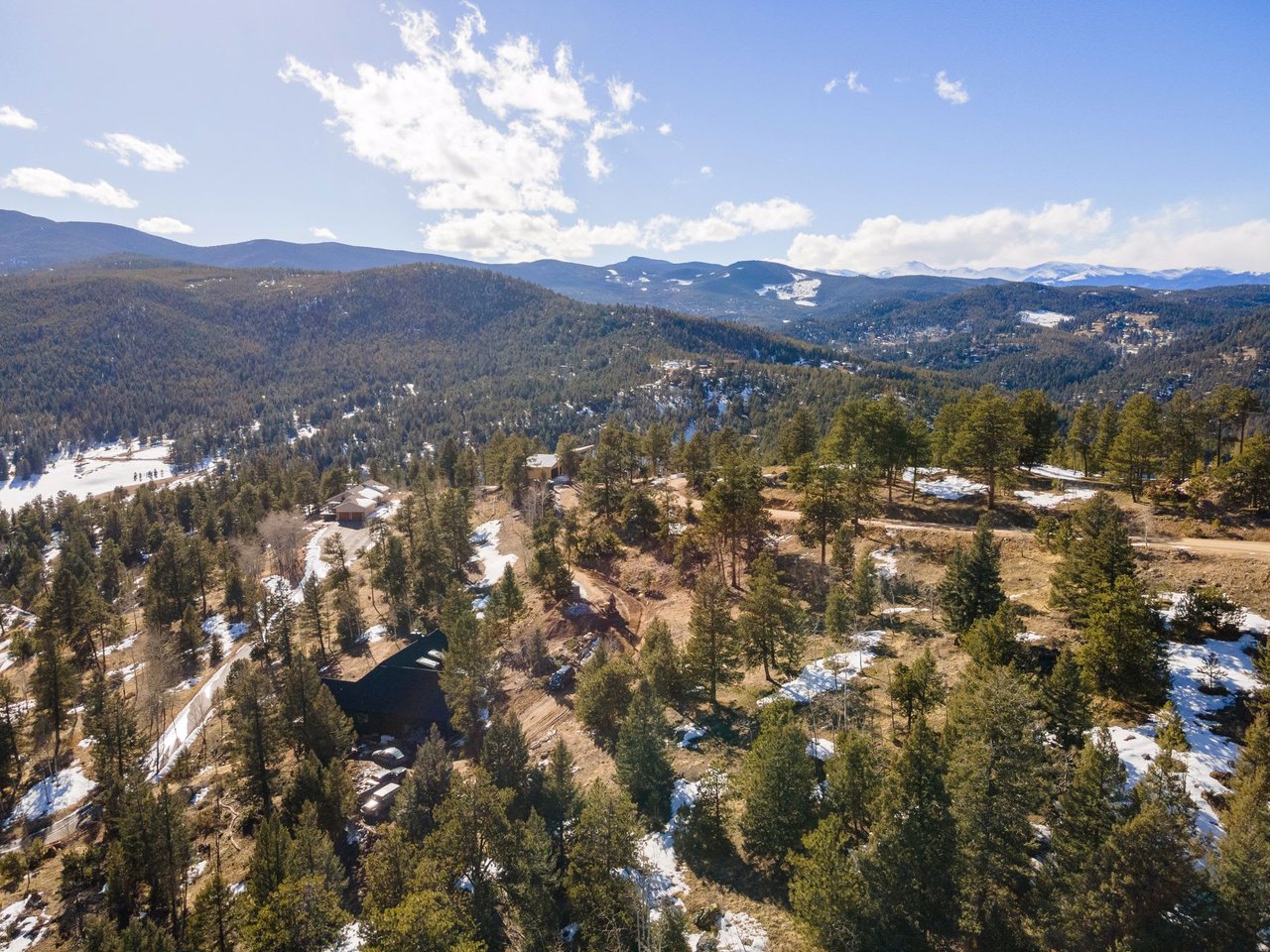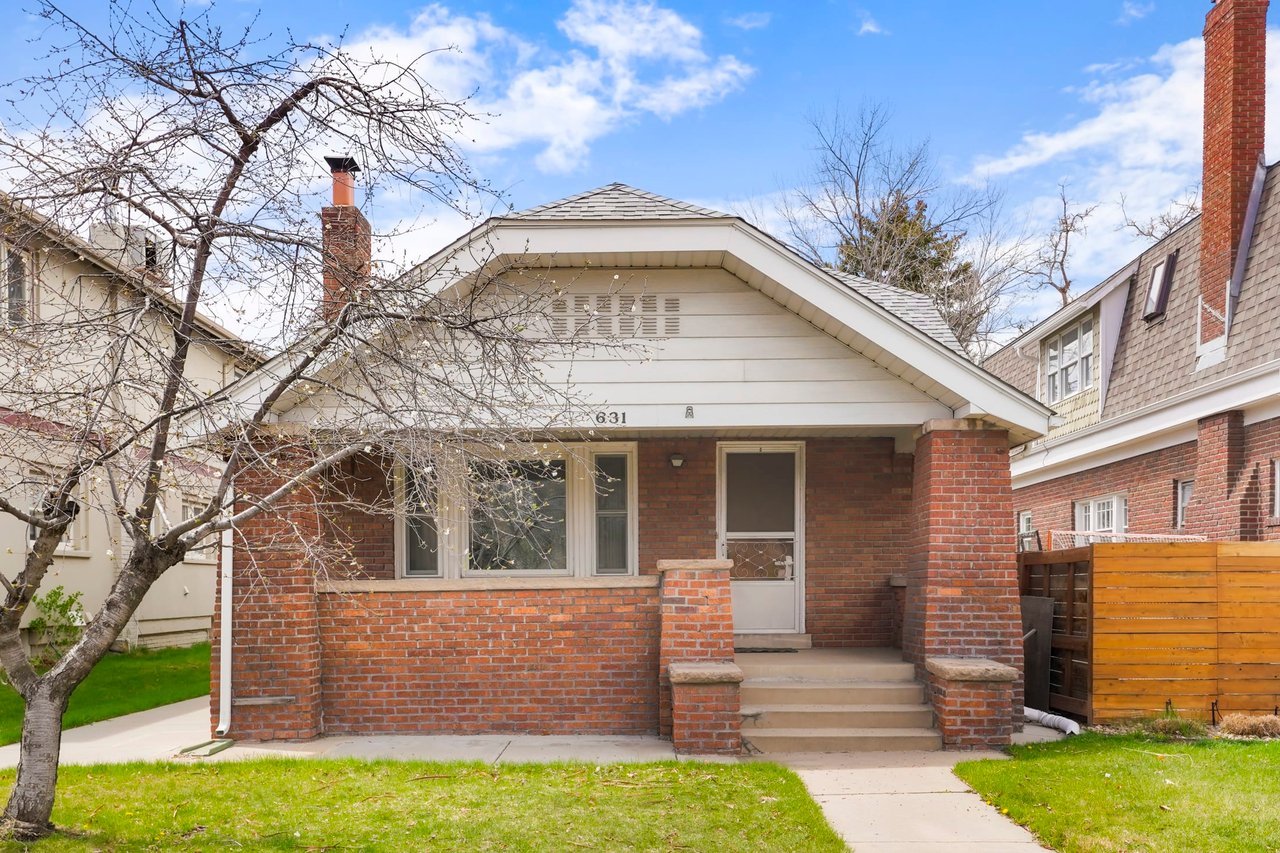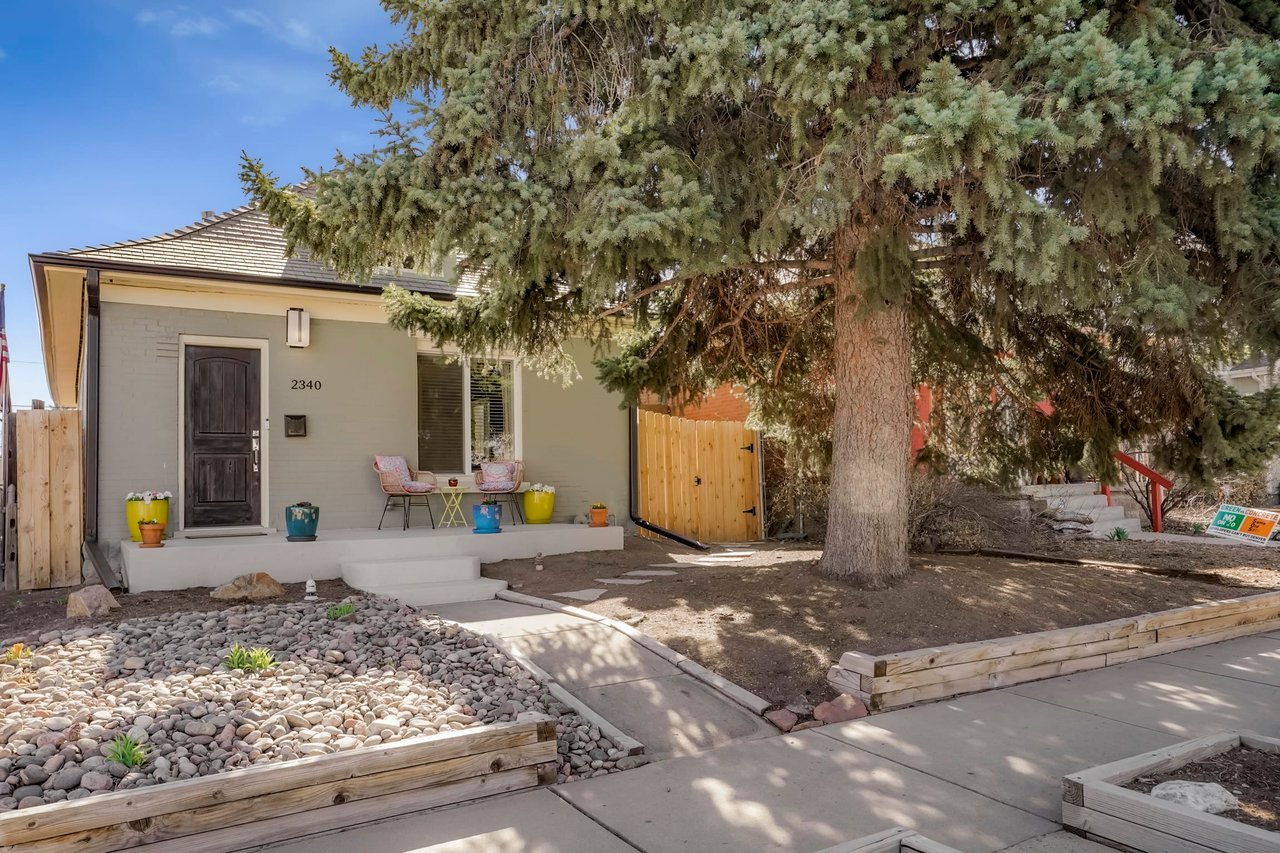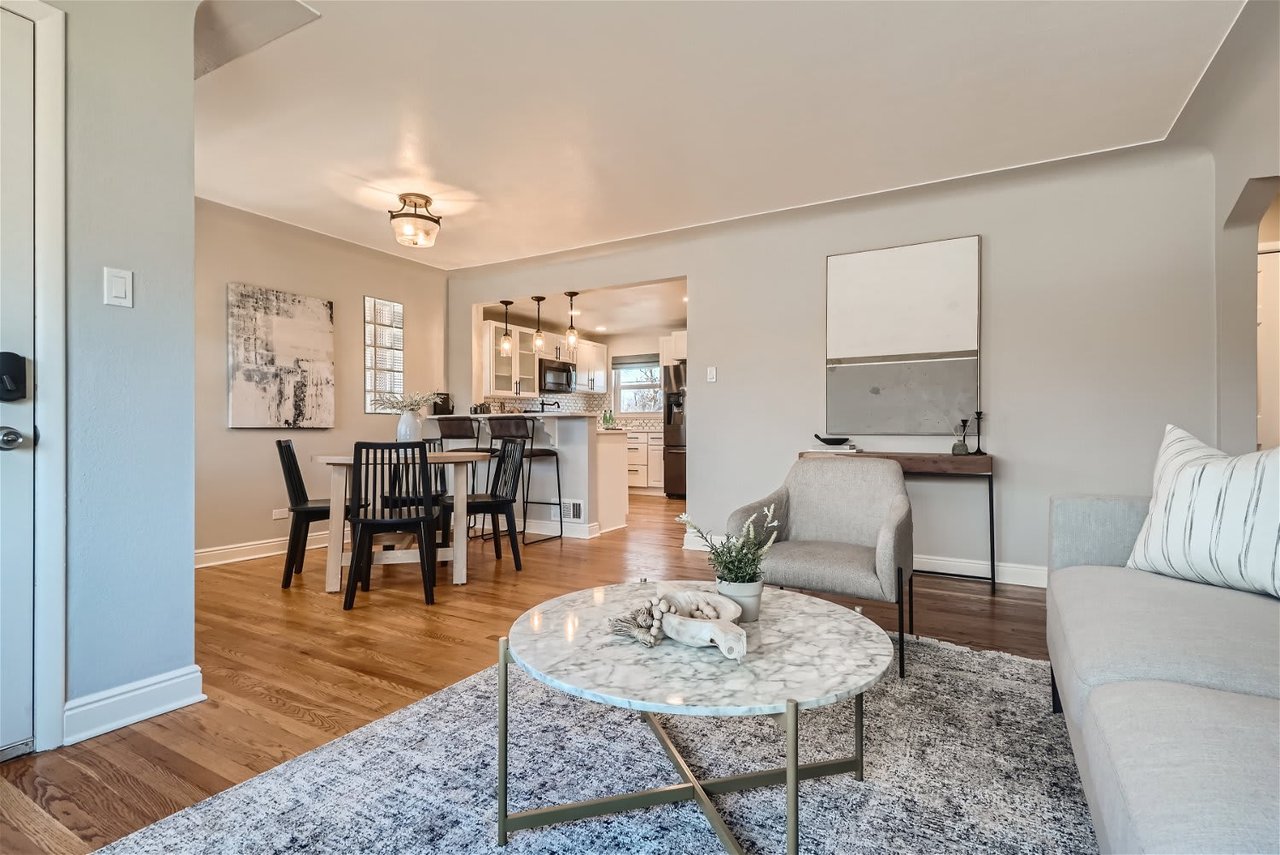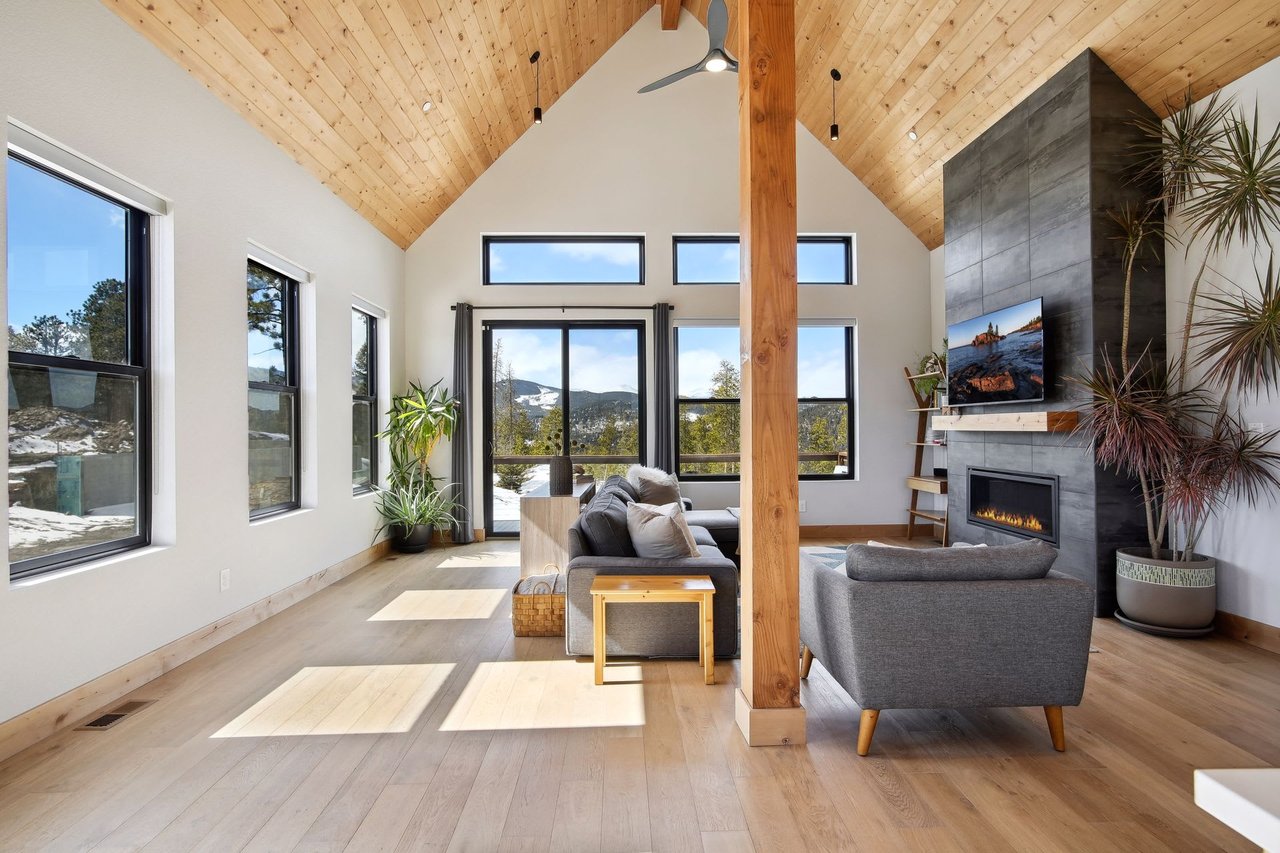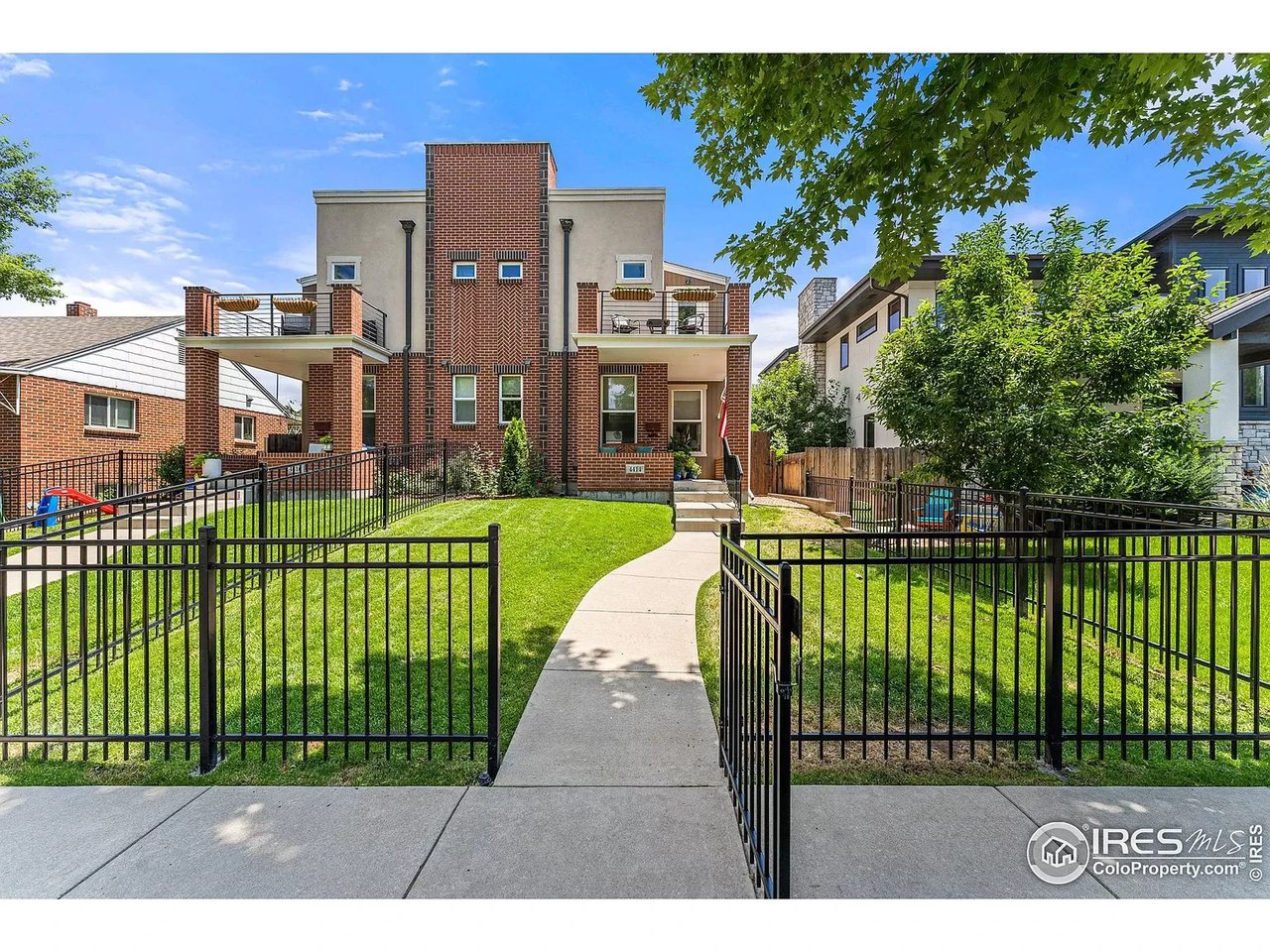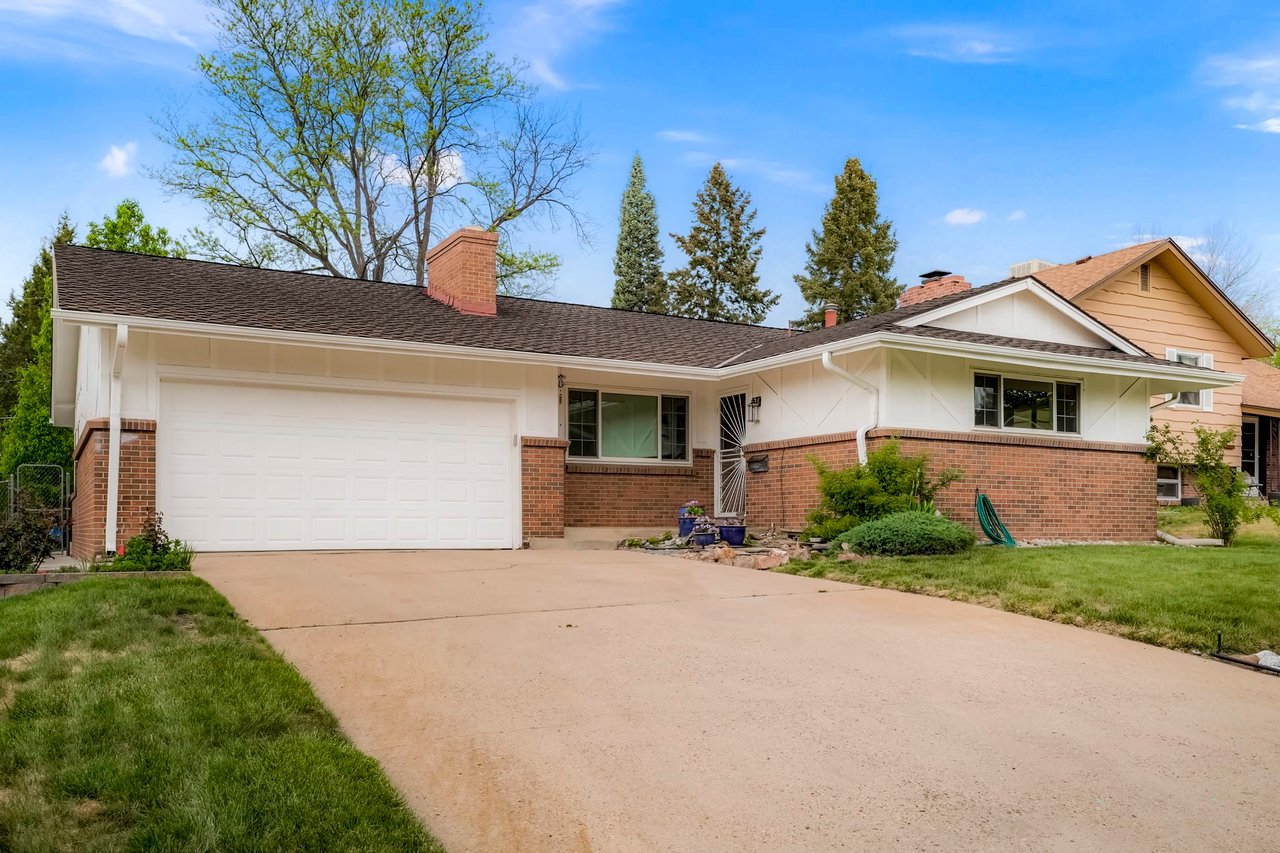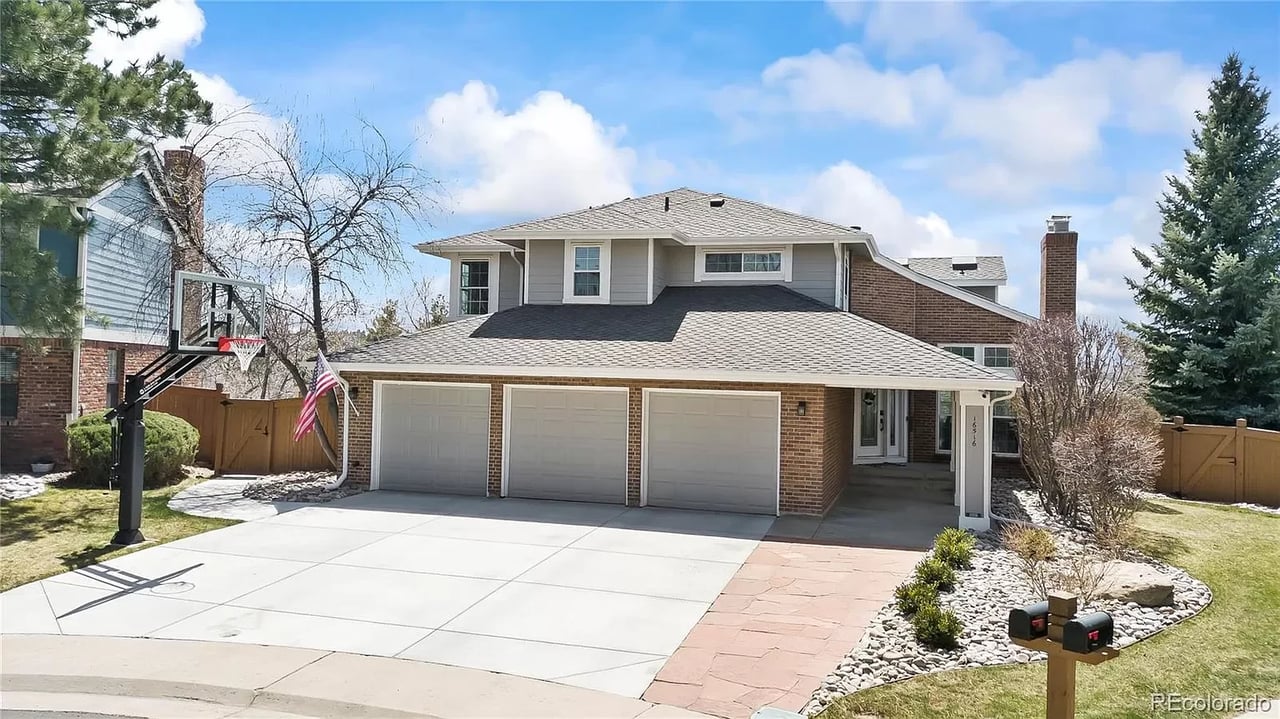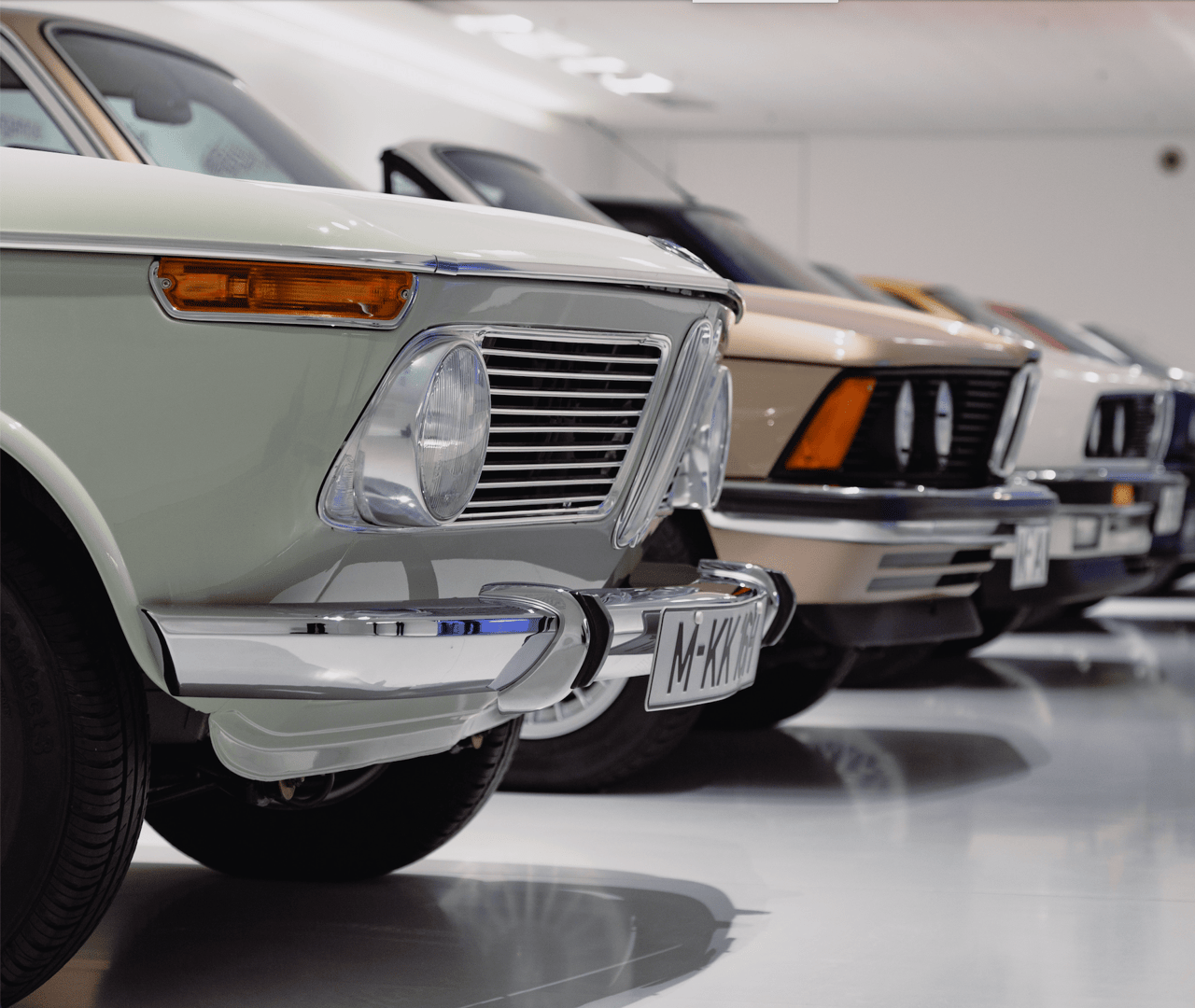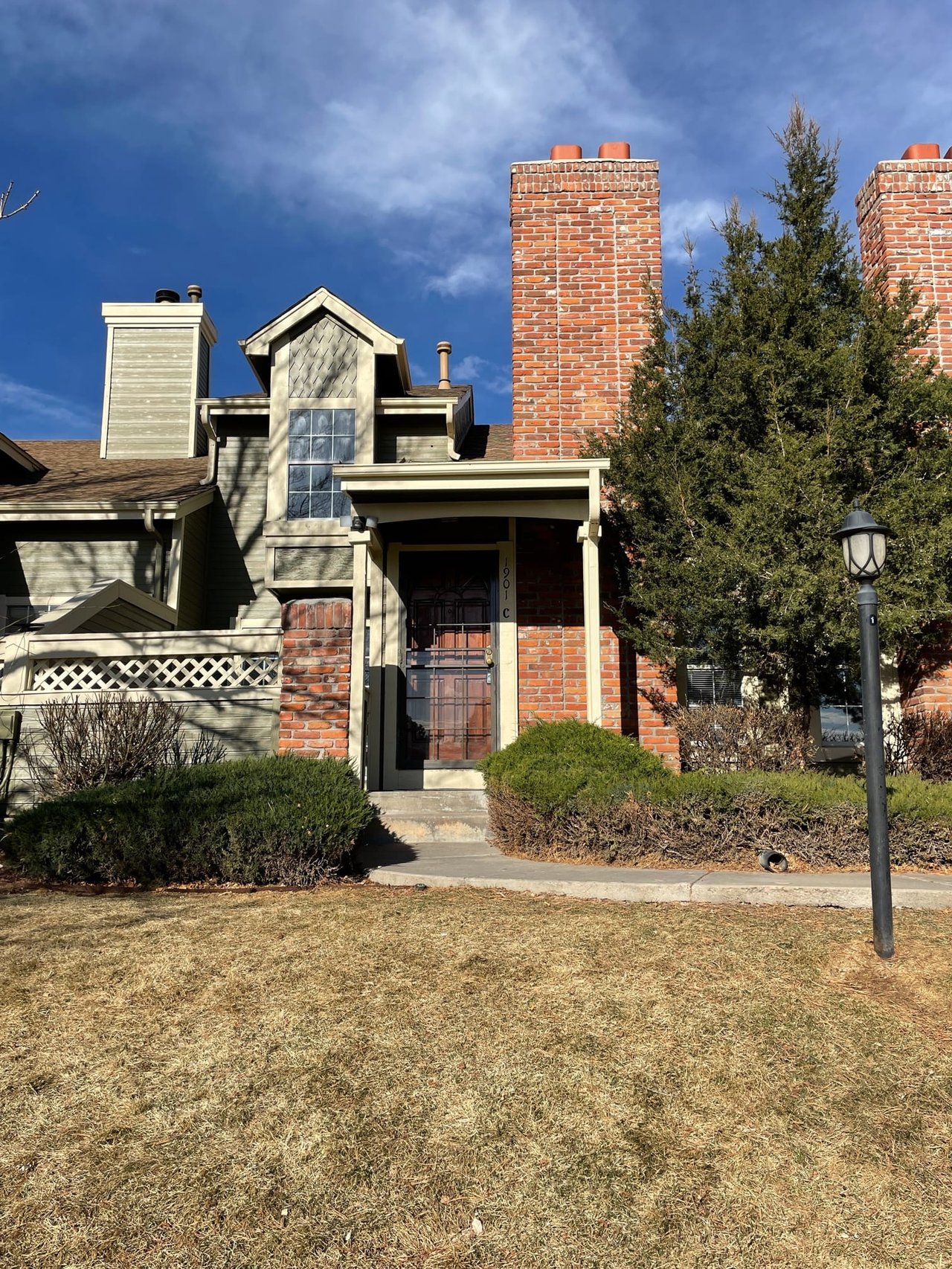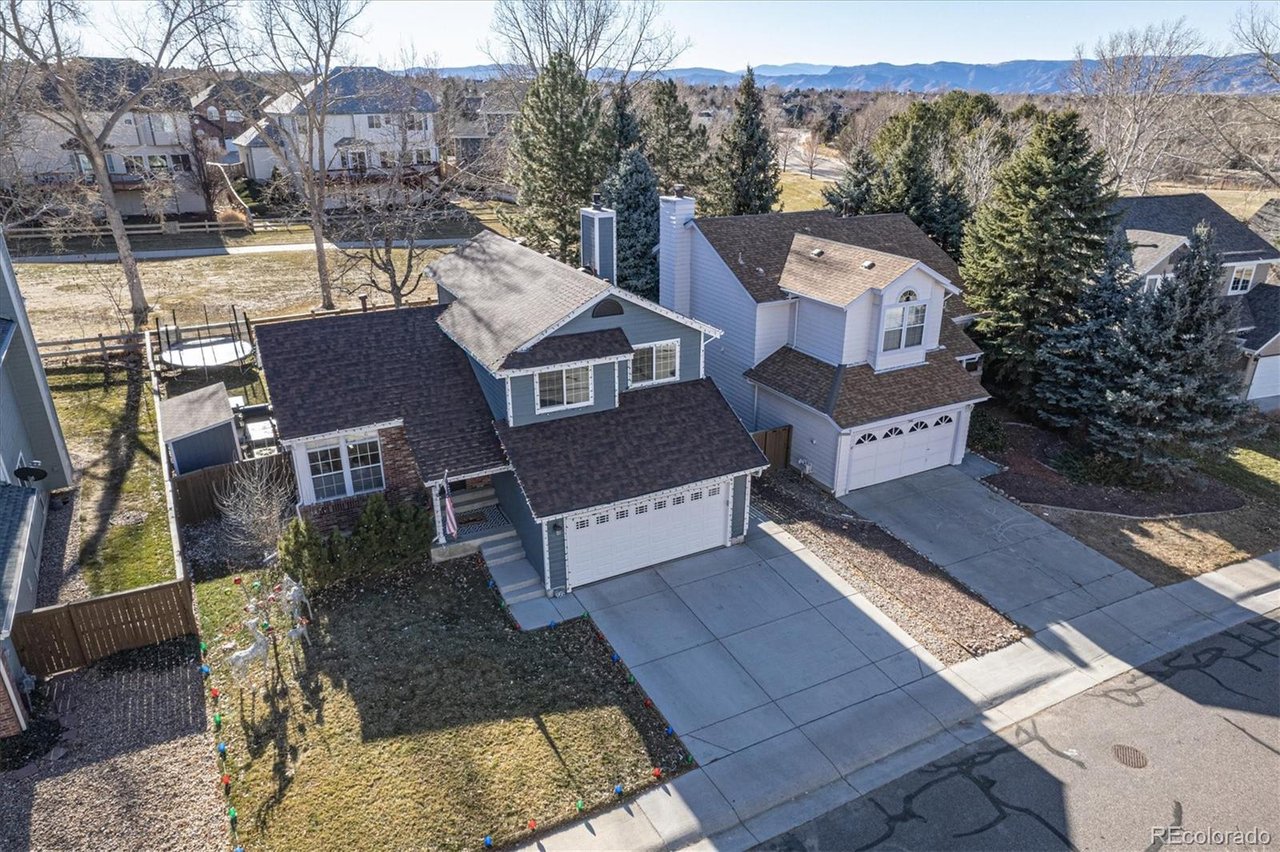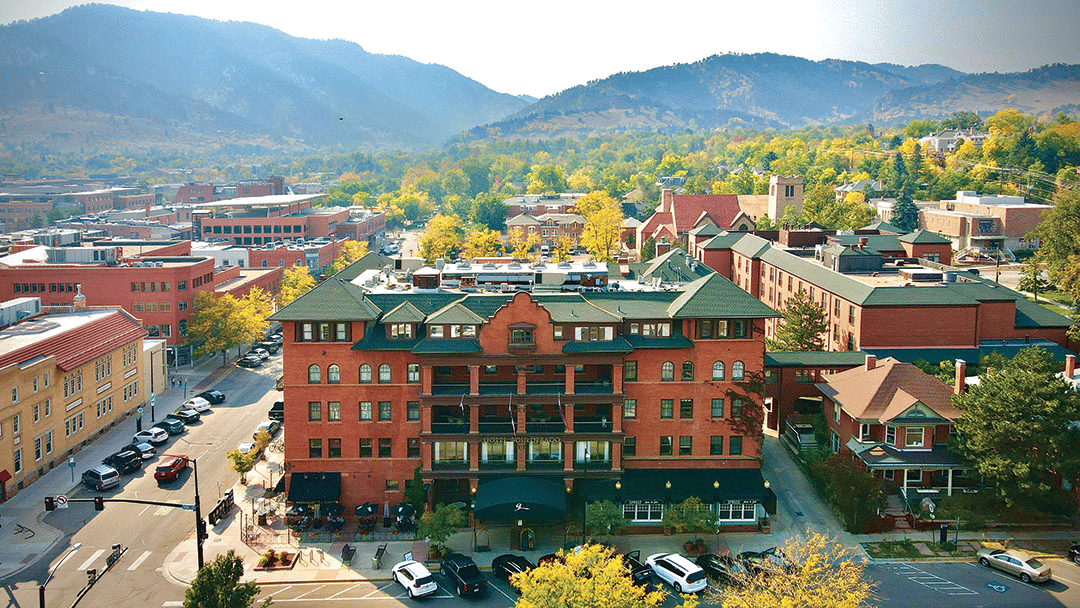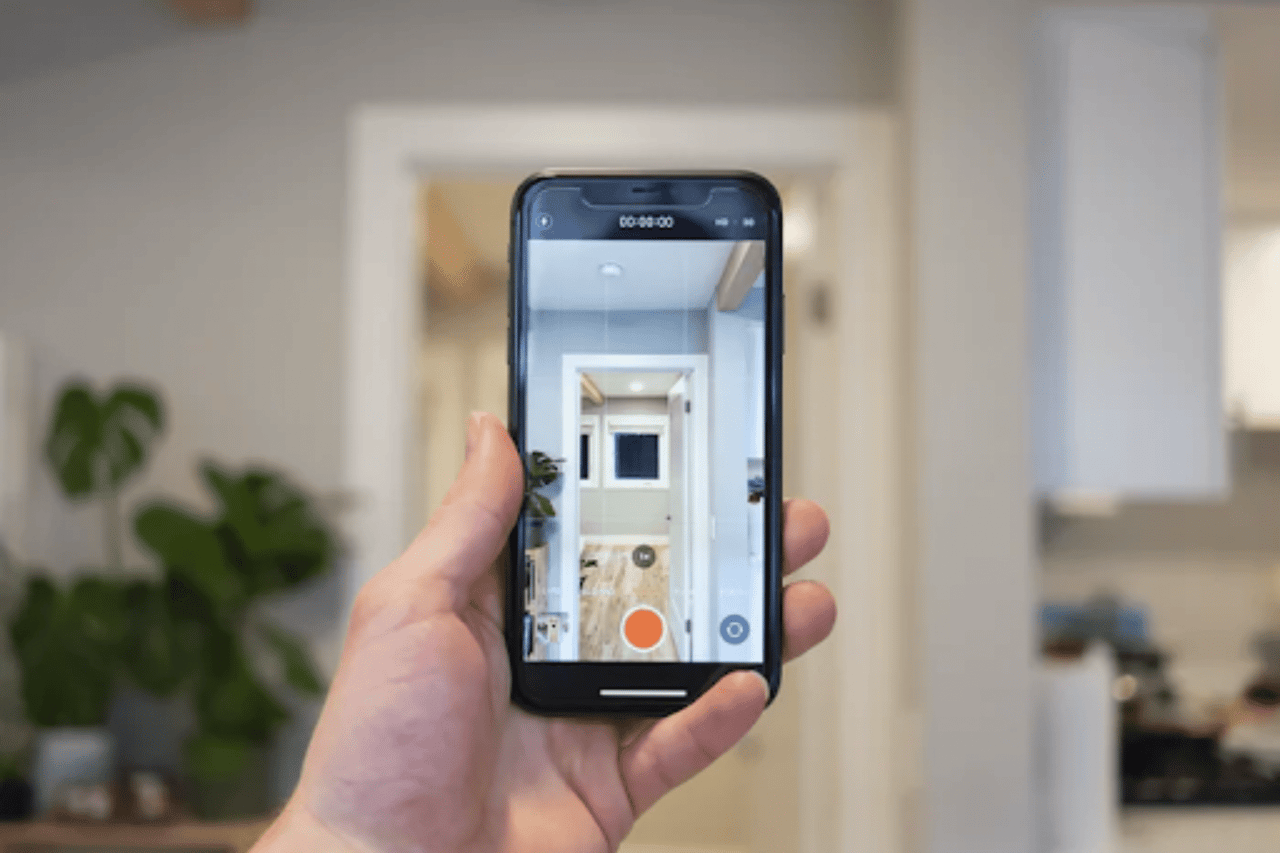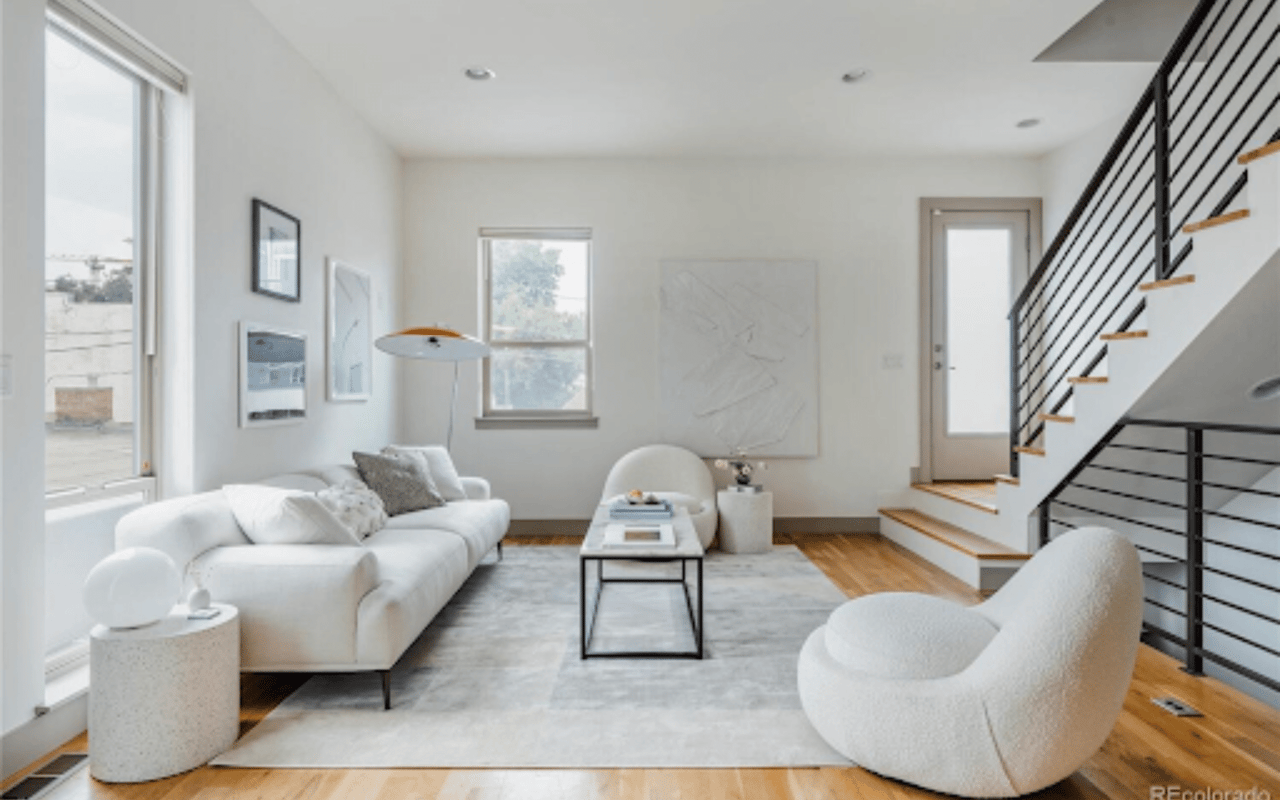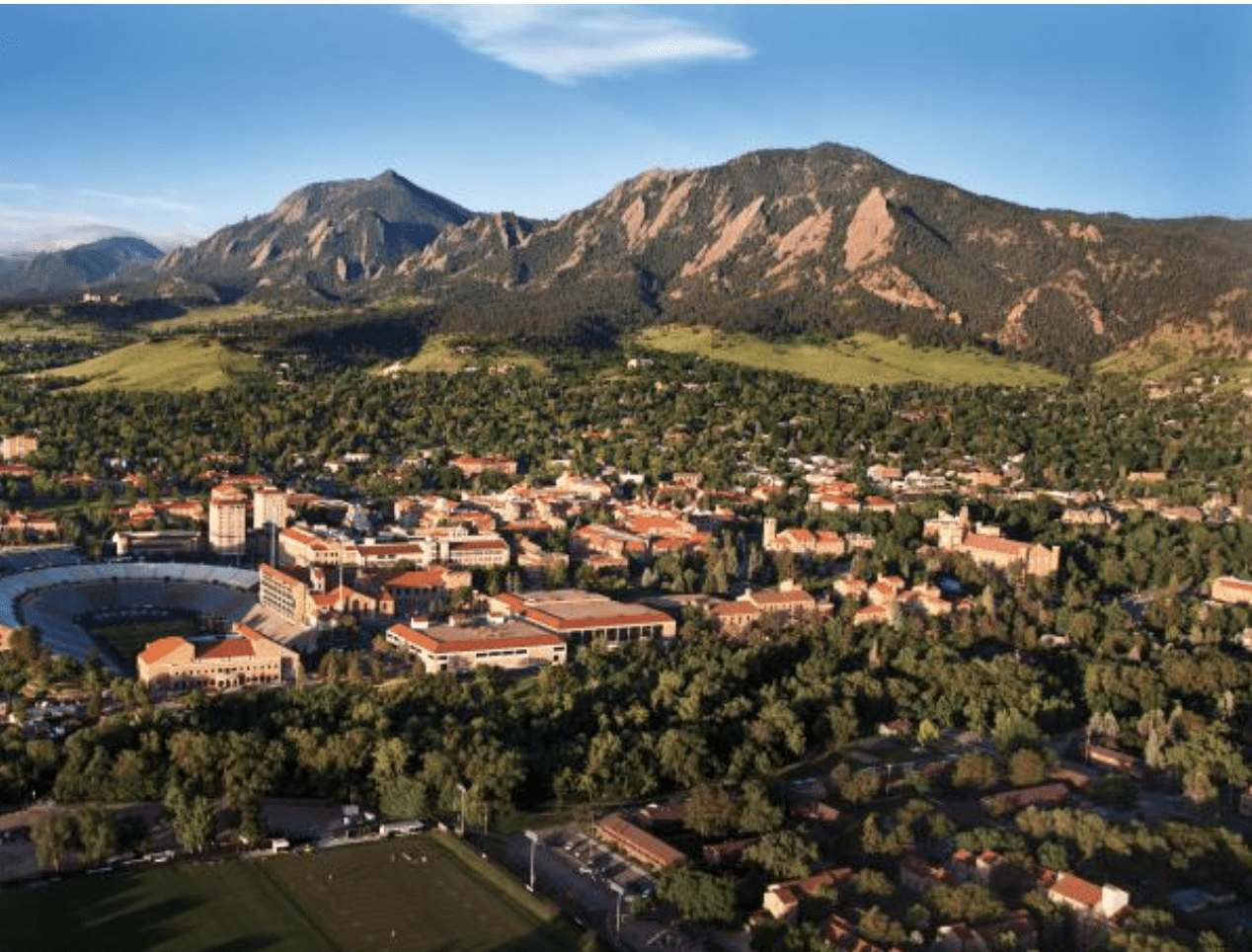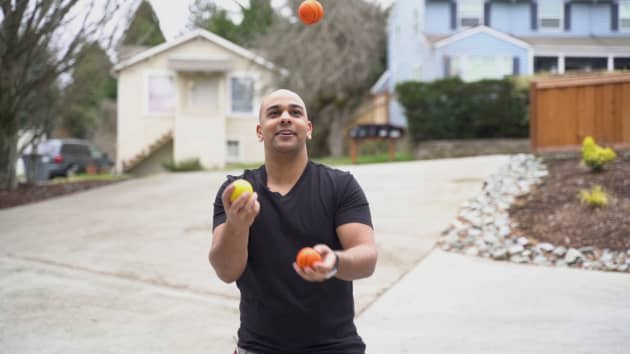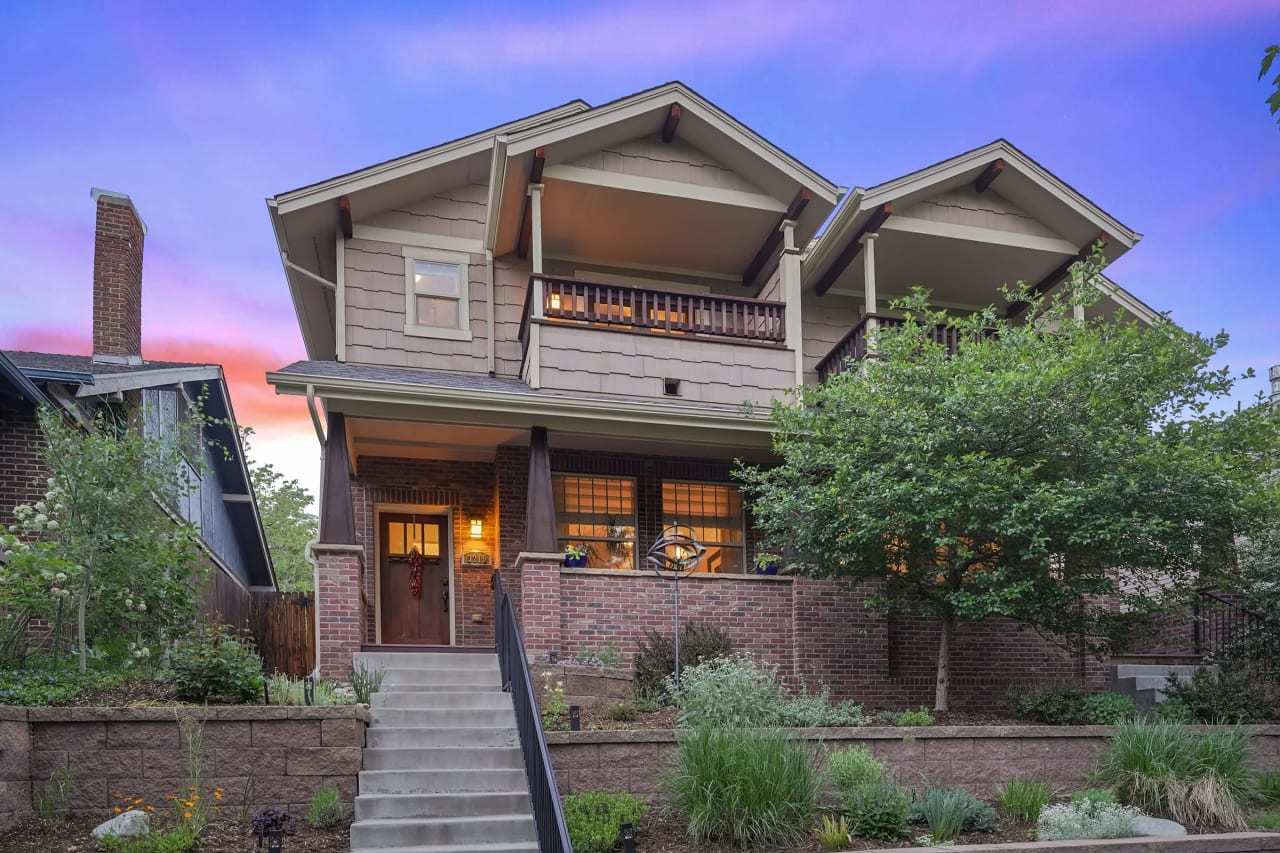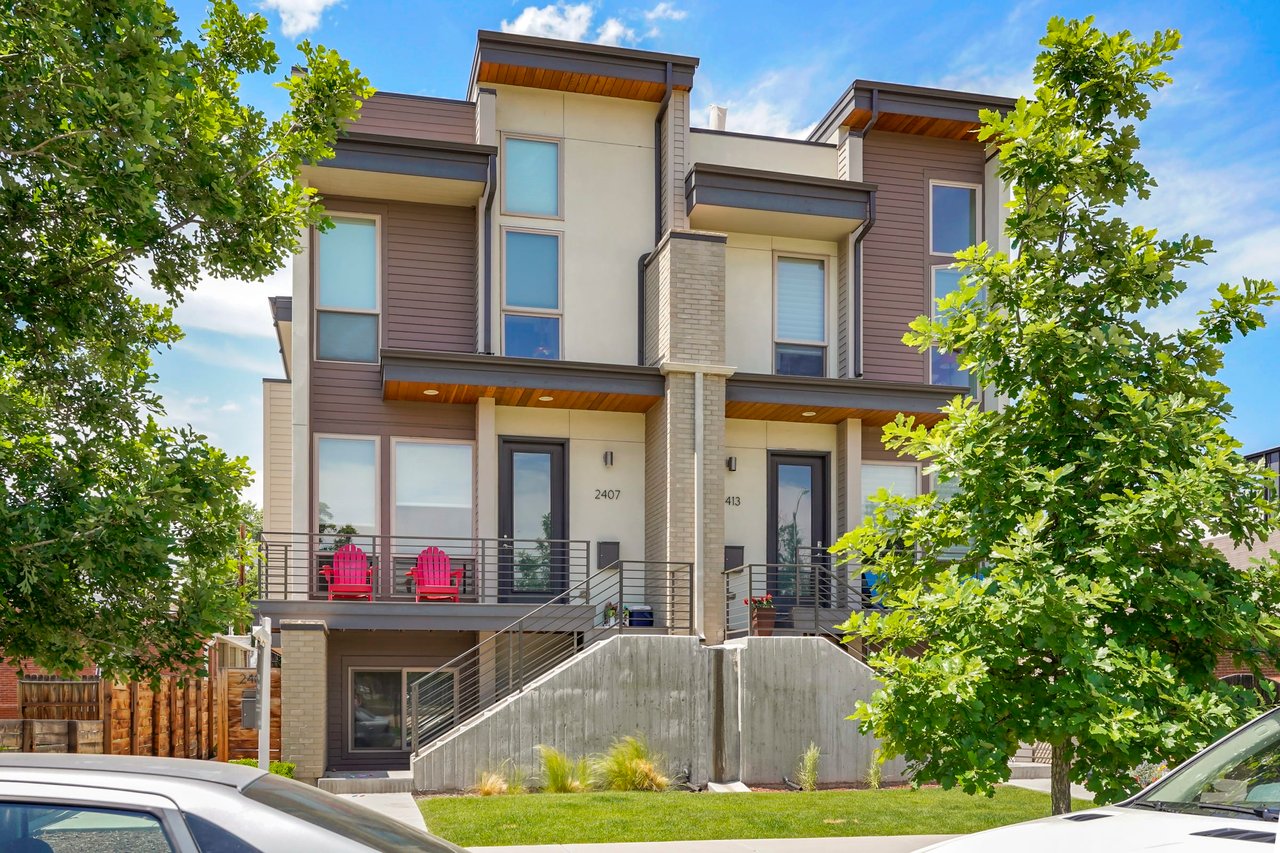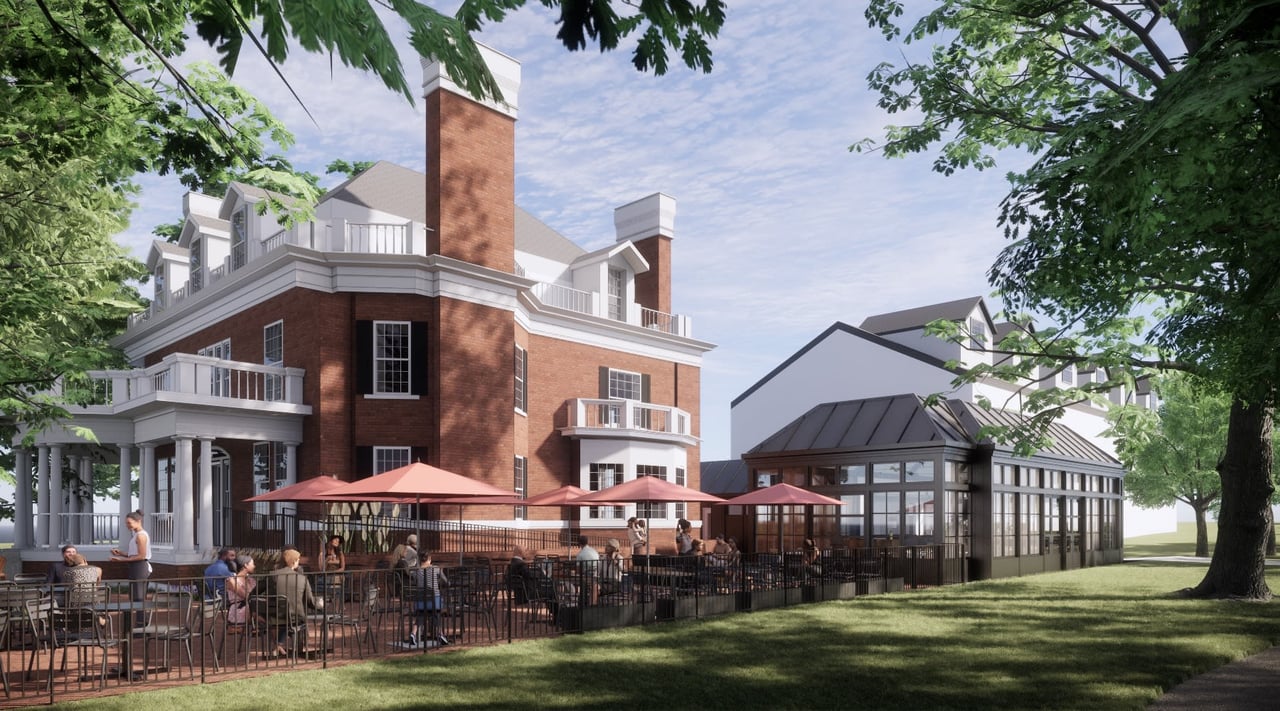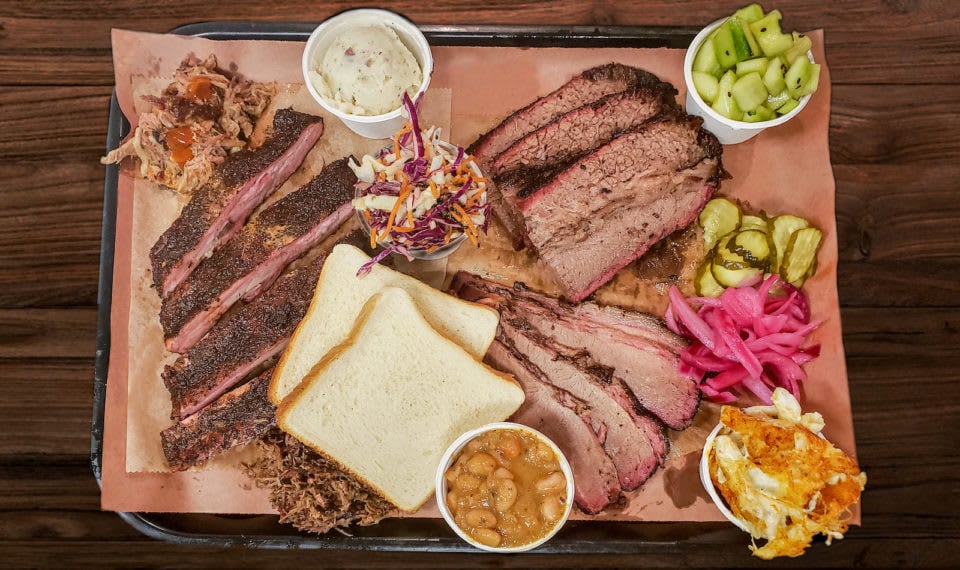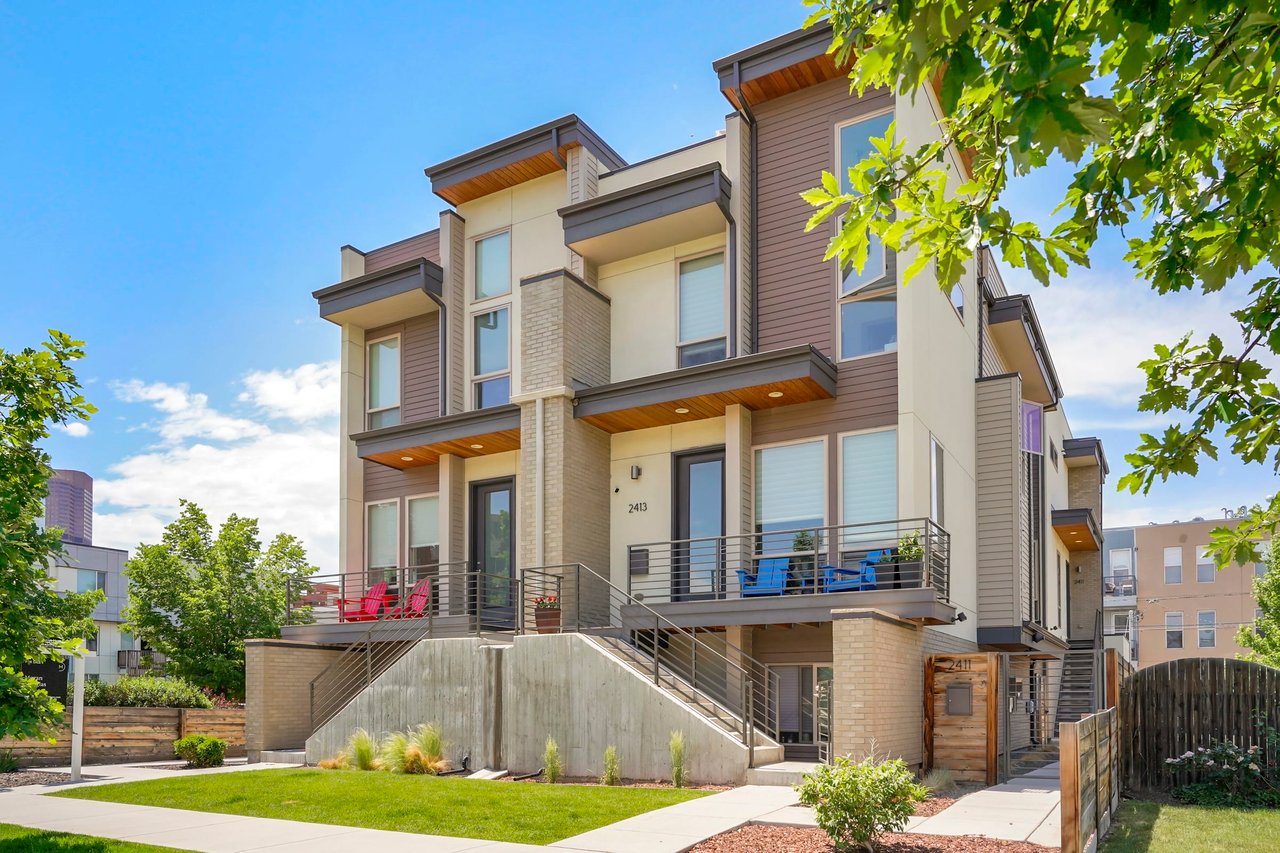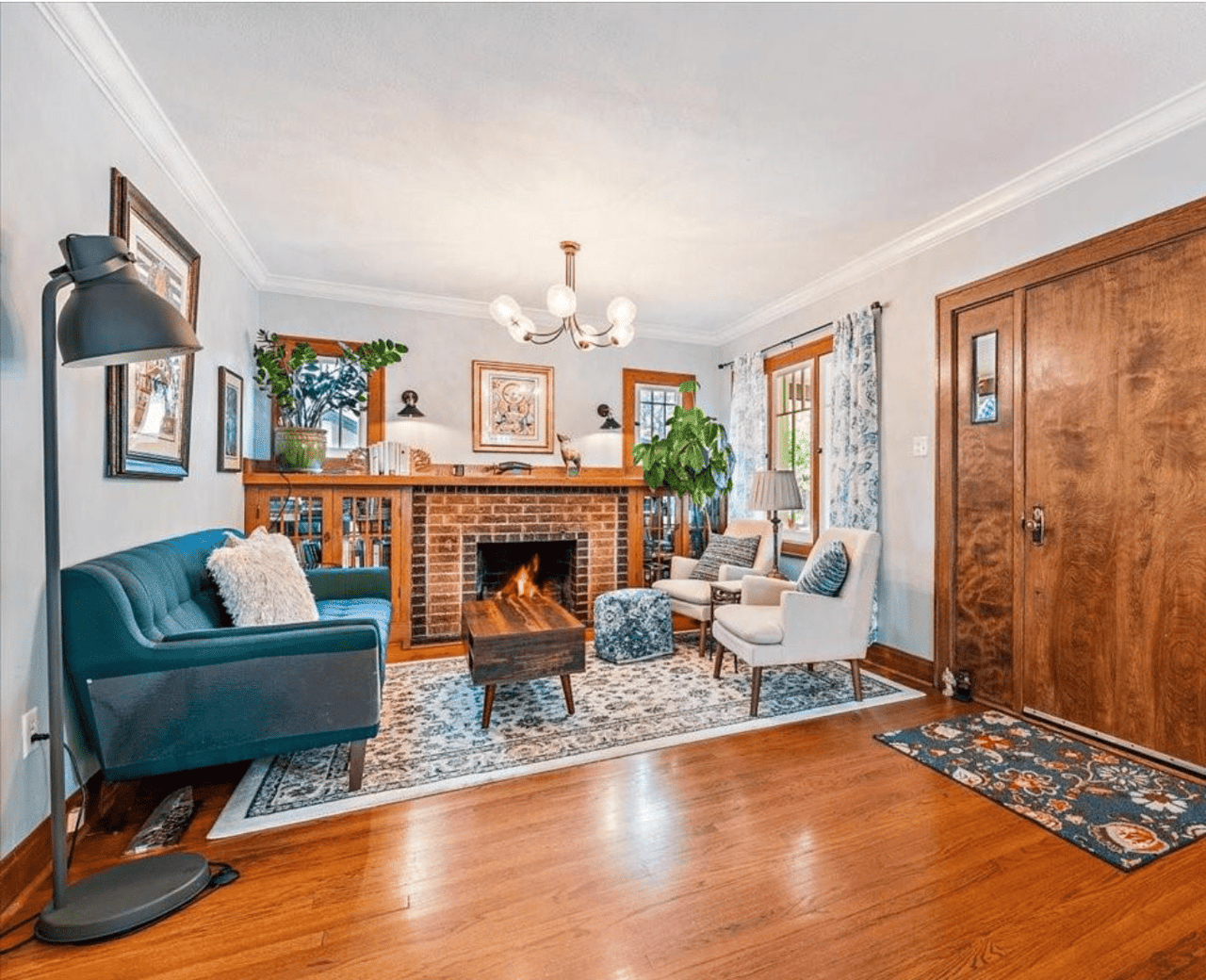It’s always great to hear from Councilman Paul Kashman about his views on Denver and our future growth…
City Council representatives see the transportation needs in their districts up-close, visiting with neighborhoods and hearing directly from their constituents. Since his election to City Council in May 2015, Councilman Paul Kashmann has undergone a crash course in urban transportation and came to share his findings.
Councilman Kashmann started with some thoughts about Denver’s “brand,” observing that we’re known nationally as a great place to live, but that fact is threatened by increasing difficulty in getting around our city. We’ve got a transportation system that had worked well for us when we were “not a small town, but not a big city – semi-urban rather than urban.” But things have been changing. Since Denver is a great place where so many people want to be, with a booming economy and relatively low unemployment, our transportation choices have to grow to meet our new reality. Denver has been “engineered, striped and signaled for a city that doesn’t exist anymore.”
When running for office, Kashmann called for a transportation summit, bringing together a comprehensive look at all modes of transportation, both current and potential, in order to develop a coordinated plan for transportation evolution. Now that he’s been in office for 105 days, he feels even more strongly about this focus. The top category of constituent calls to his office is transportation. Whether it’s traffic volumes and increasing time needed to get around, high-speed vehicles cutting through neighborhoods, or safety issues, transportation topics are clearly a priority for his district and the city as a whole.
Throughout his talk, Councilman Kashmann demonstrated that he’s already seriously engaging on this topic. On a recent visit to Corey Elementary school at E. Florida and S. Steele St., he watched children and parents navigating a very unsafe environment, with the two east-west avenues leading directly to the school missing sidewalks on one or both sides of the street, and the north-south Steel St. missing sidewalks on one side. He called both pedestrian and bike infrastructure in Denver “woefully inadequate,” and agreed with the findings of WalkDenver’s study. He is calling on the city to plan pedestrian and bike infrastructure with an eye towards safe and easy routes usable by even the youngest citizens, a perspective he calls “kidways.”
He illustrated the types of unintended consequences with an example from S. University Boulevard. In order to keep traffic moving on S. University Boulevard, turns are prohibited at certain intersections. At the same time, the population in new apartment buildings along this significant arterial keeps increasing. In this example case, significant southbound traffic is diverting through the nearby low-scale local residential streets in order to loop several blocks to access a large apartment building. While he acknowledges that all city roads are open to drivers, he feels examples like these show that local residential streets are unintentionally becoming more like arterials.
In preparing to help lead the transportation transformation our city needs, Councilman Kashmann has been reading about current best practices and future trends, and he sees that the level of personal car use most of us are accustomed to won’t scale up as the city grows, so we need more and better options. Looking further into the future, if trends like car-share continue and evolve into autonomous-vehicle on-demand services, we may want to start designing buildings with parking levels able to be converted to residential or commercial use.
Councilman Kashmann shared very complimentary reactions to the INC Transportation Platform, and in particular identified its call for more citizen involvement in transportation polices and plans and the platform’s insistence on traffic calming through street design (not just enforcement and signage) as items he strongly agreed with.
Starting in 2016, Denver is going to be in a historic planning mode, with the Blueprint Denver update, the development of the citywide transit plan, the creation of the Denver Moves: Pedestrians and Trails plan, and the update of Parks & Rec’s Game Plan all occurring simultaneously. Councilman Kashmann urges all neighborhoods to get involved in these topics, saying there’s never been a better time to have an influence on how you would like to see the city evolve.
Councilman Paul Kashmann represents Denver City Council District 6, is Vice-Chair of the Infrastructure and Culture Committee, and serves on the Safety and Well-being and the Government and Charter Review committees. He has lived in Denver since 1976, and has lived in the Virginia Village, Washington Park East, West Washington Park and Cory Merrill neighborhoods. He spoke engagingly and entertainingly without PowerPoint. I often attend the Inter Neighborhood Council (INC) meetings and Transportation Committee meetings. If you’d like to come to the next one with me.
